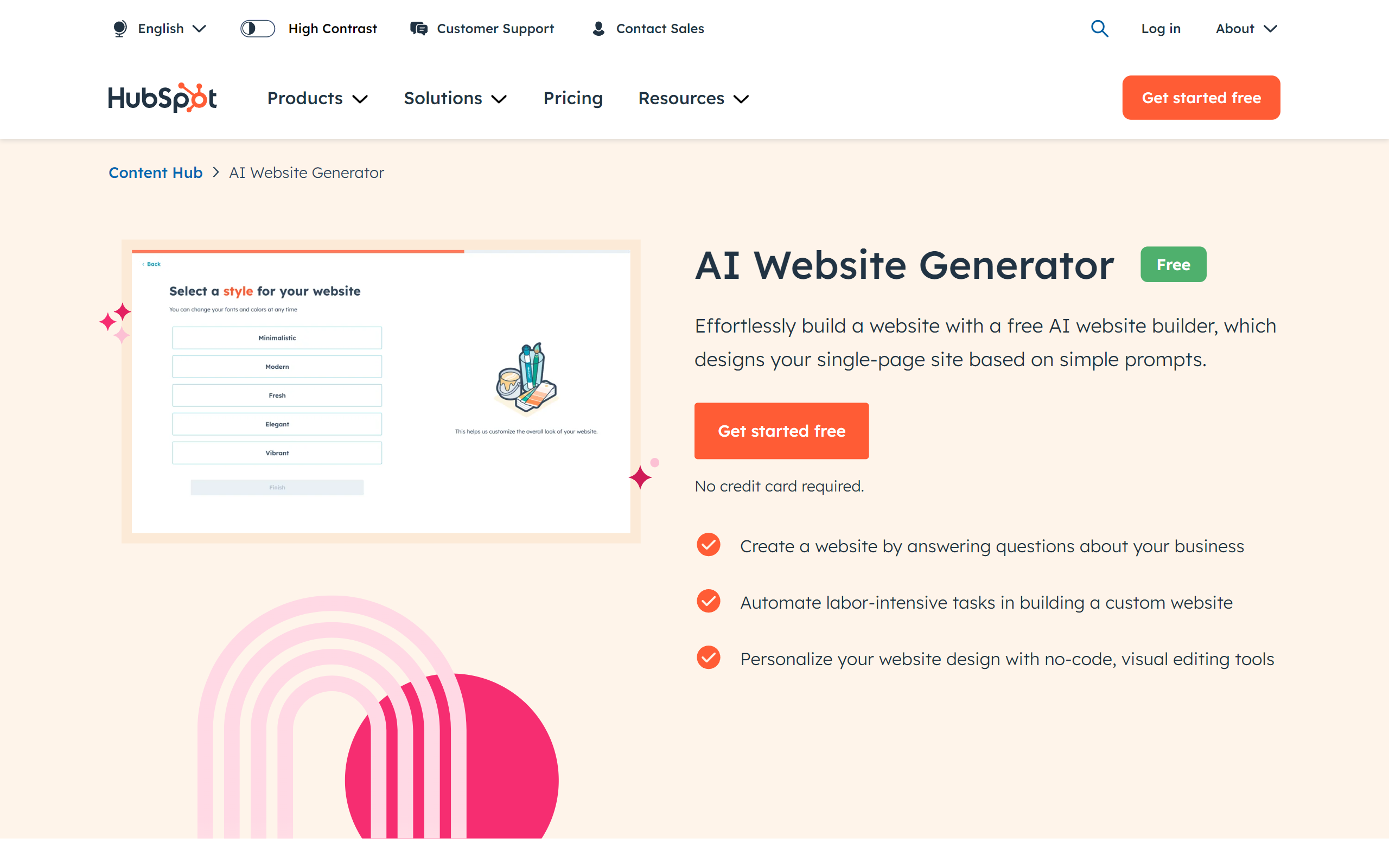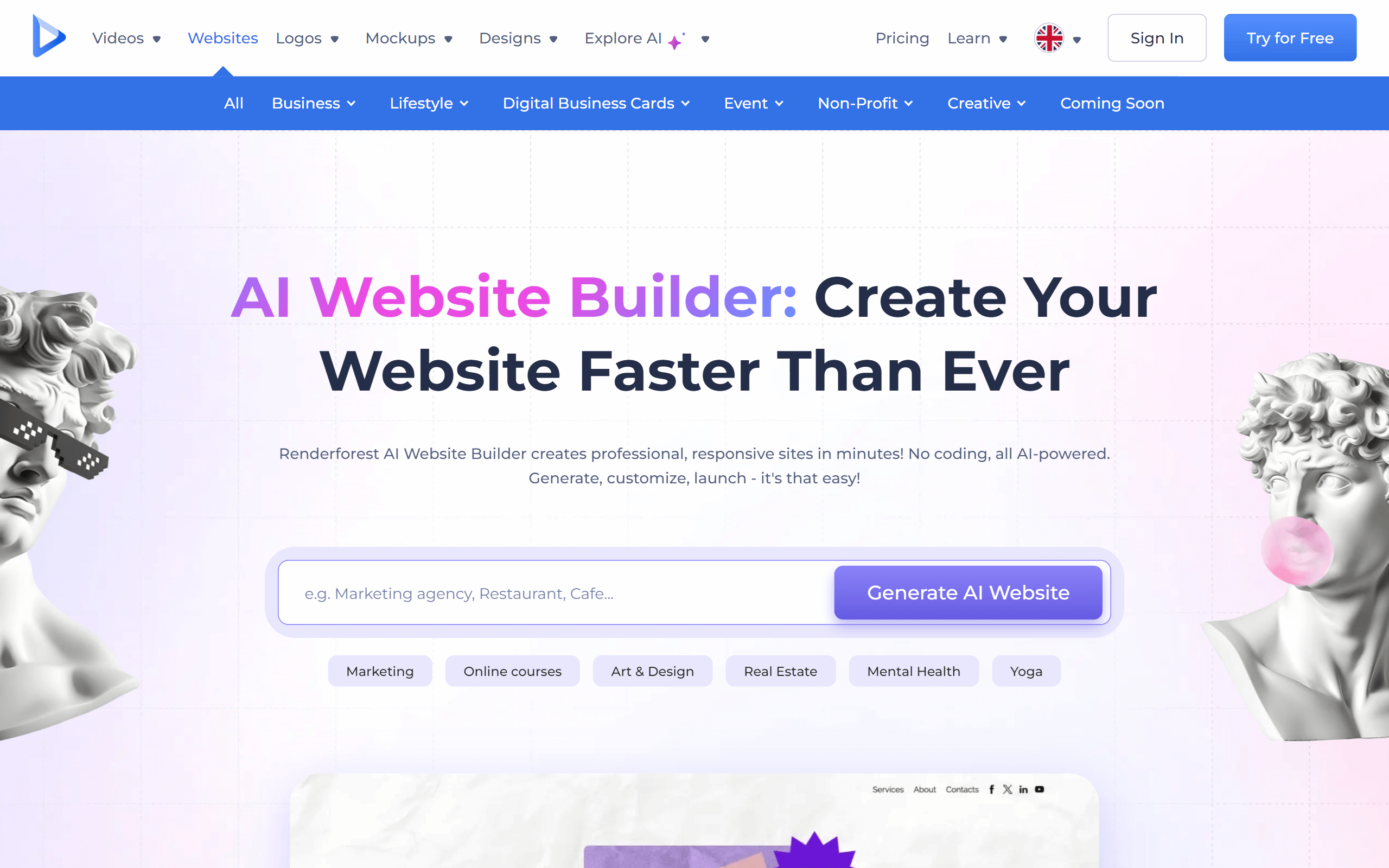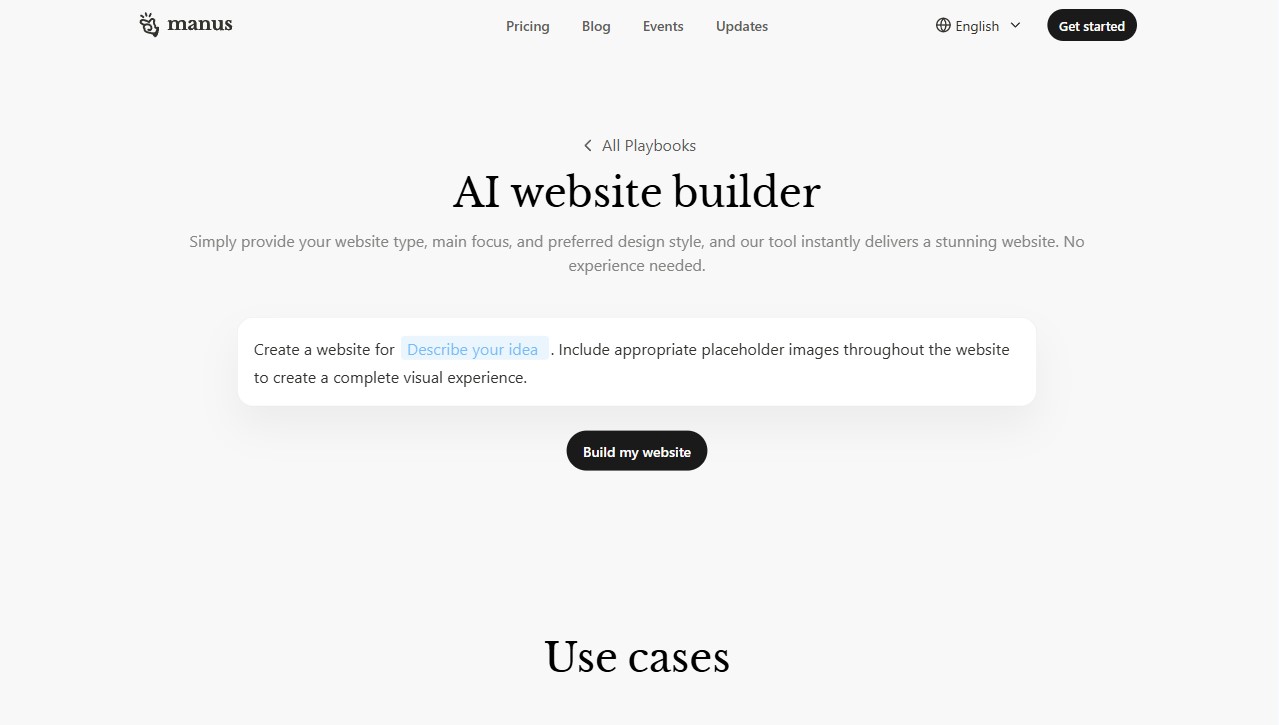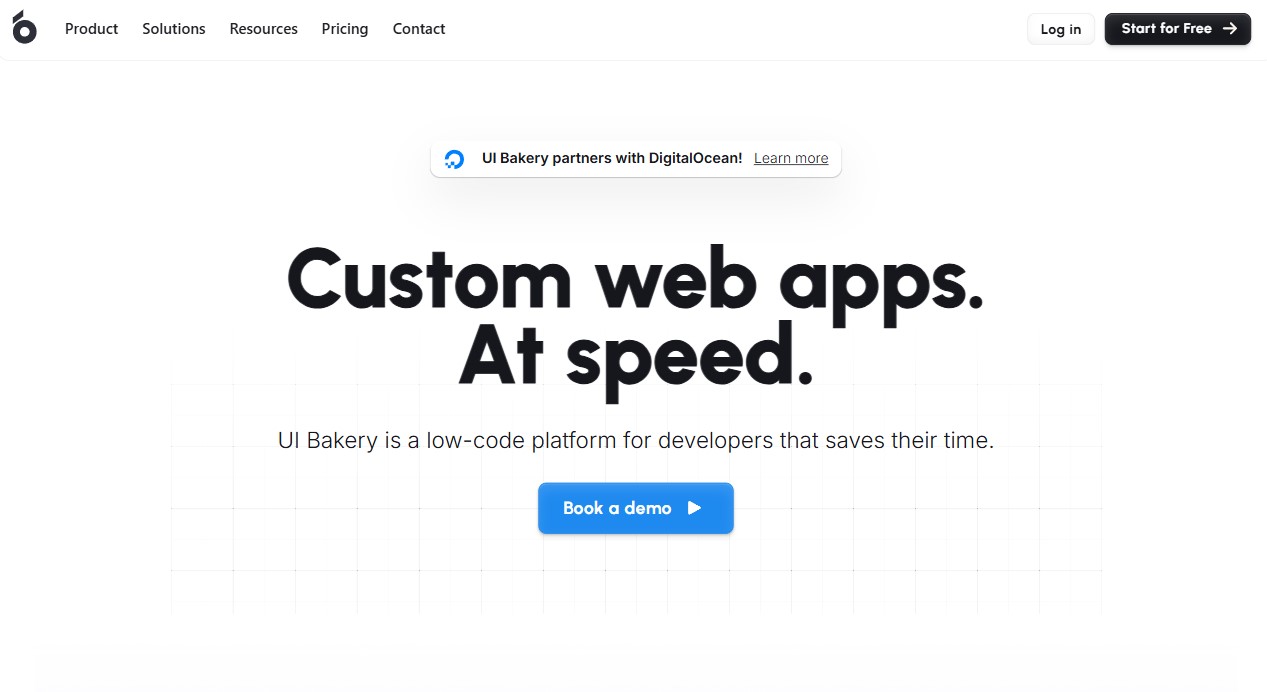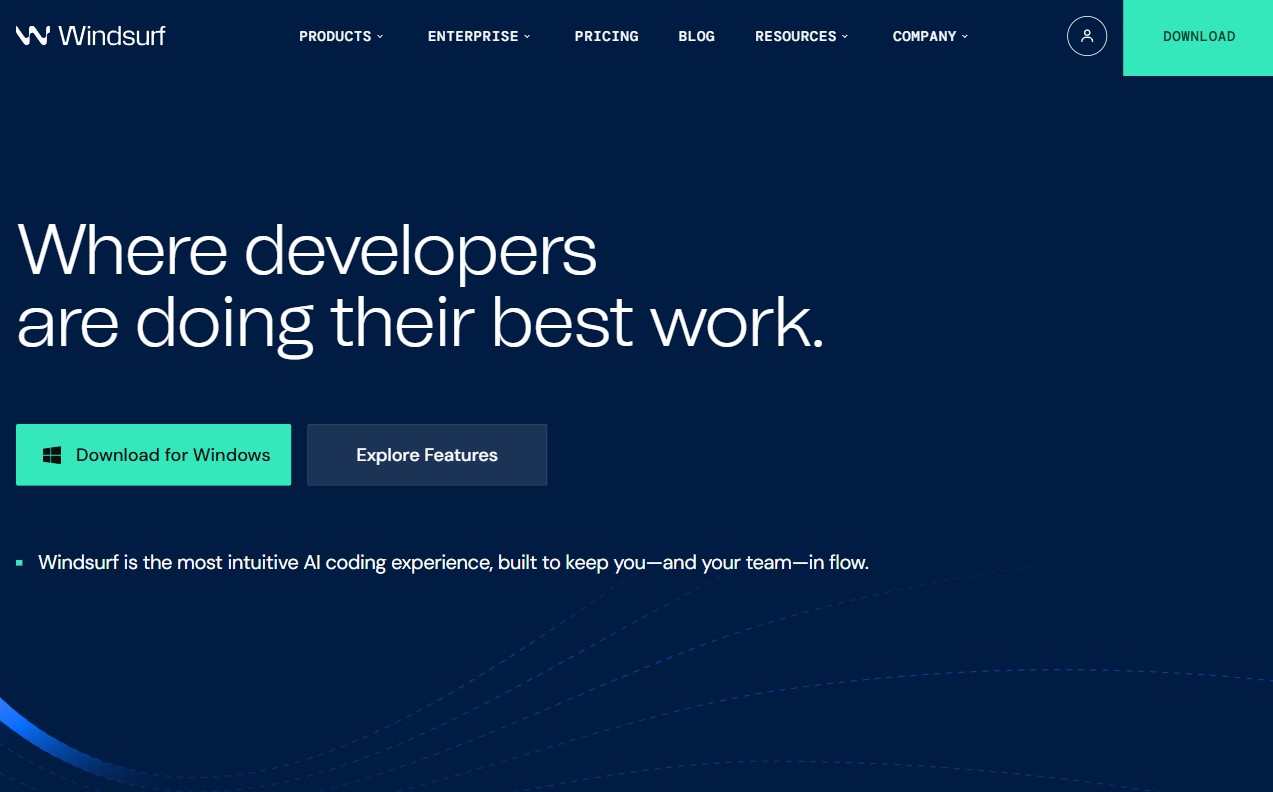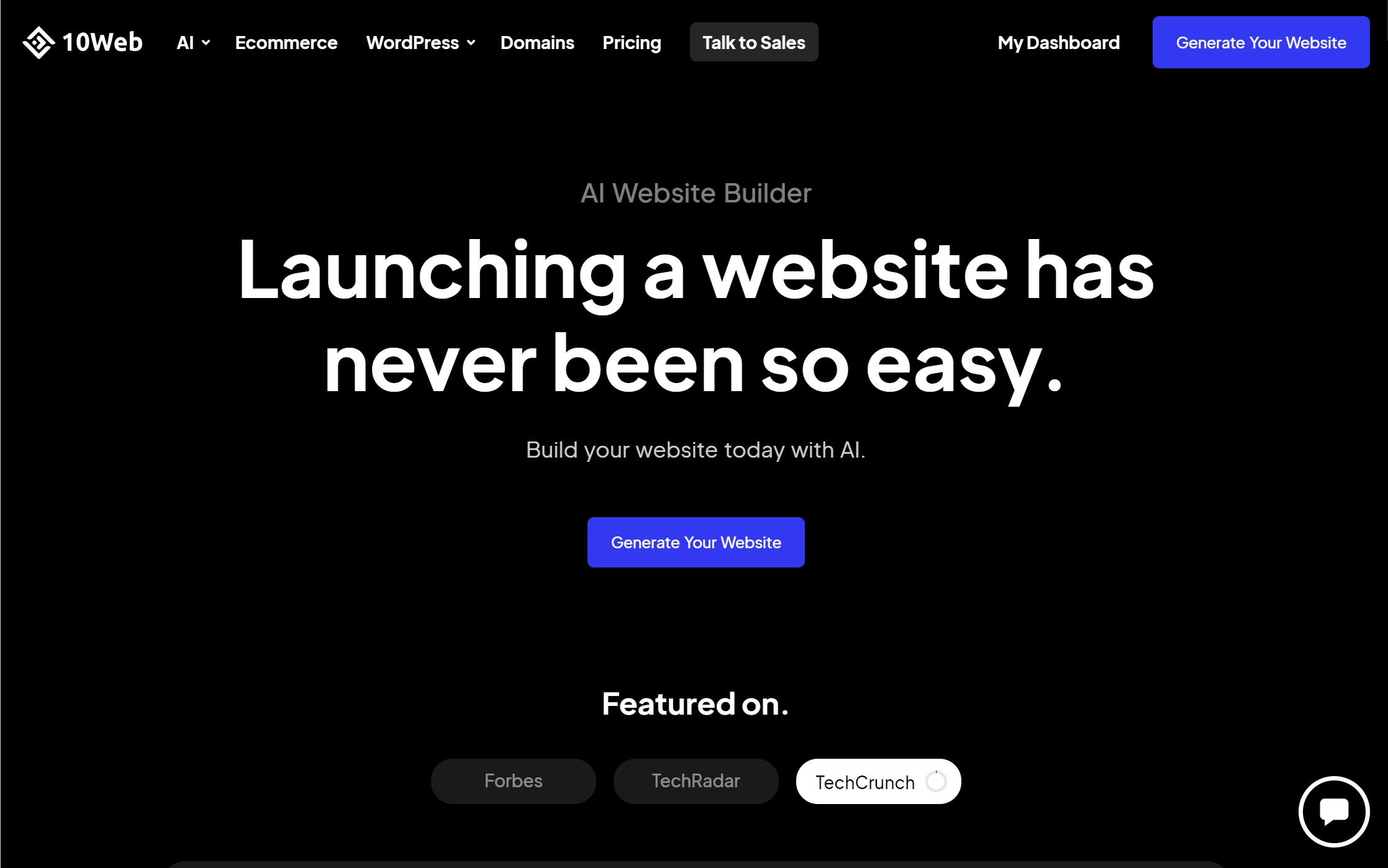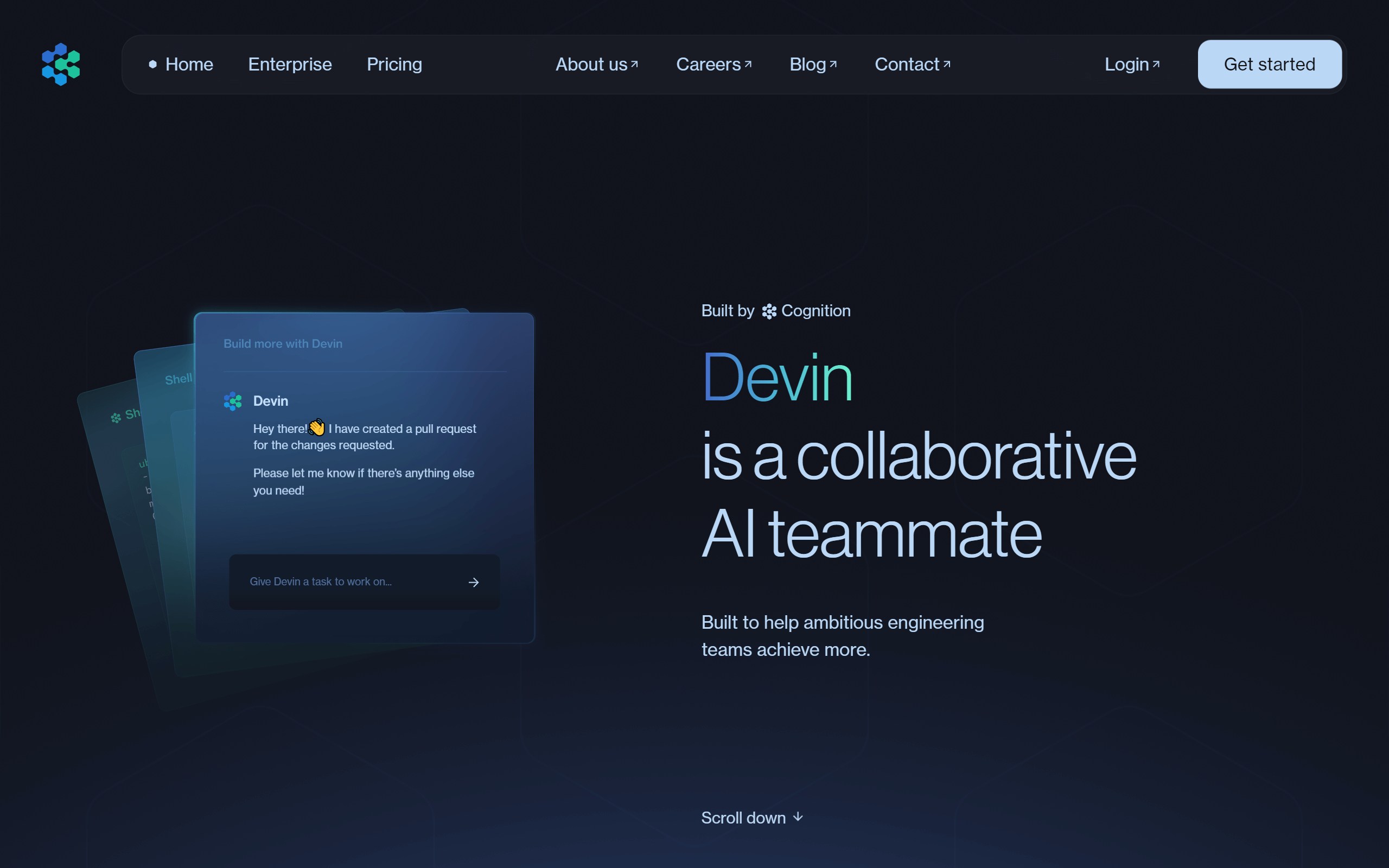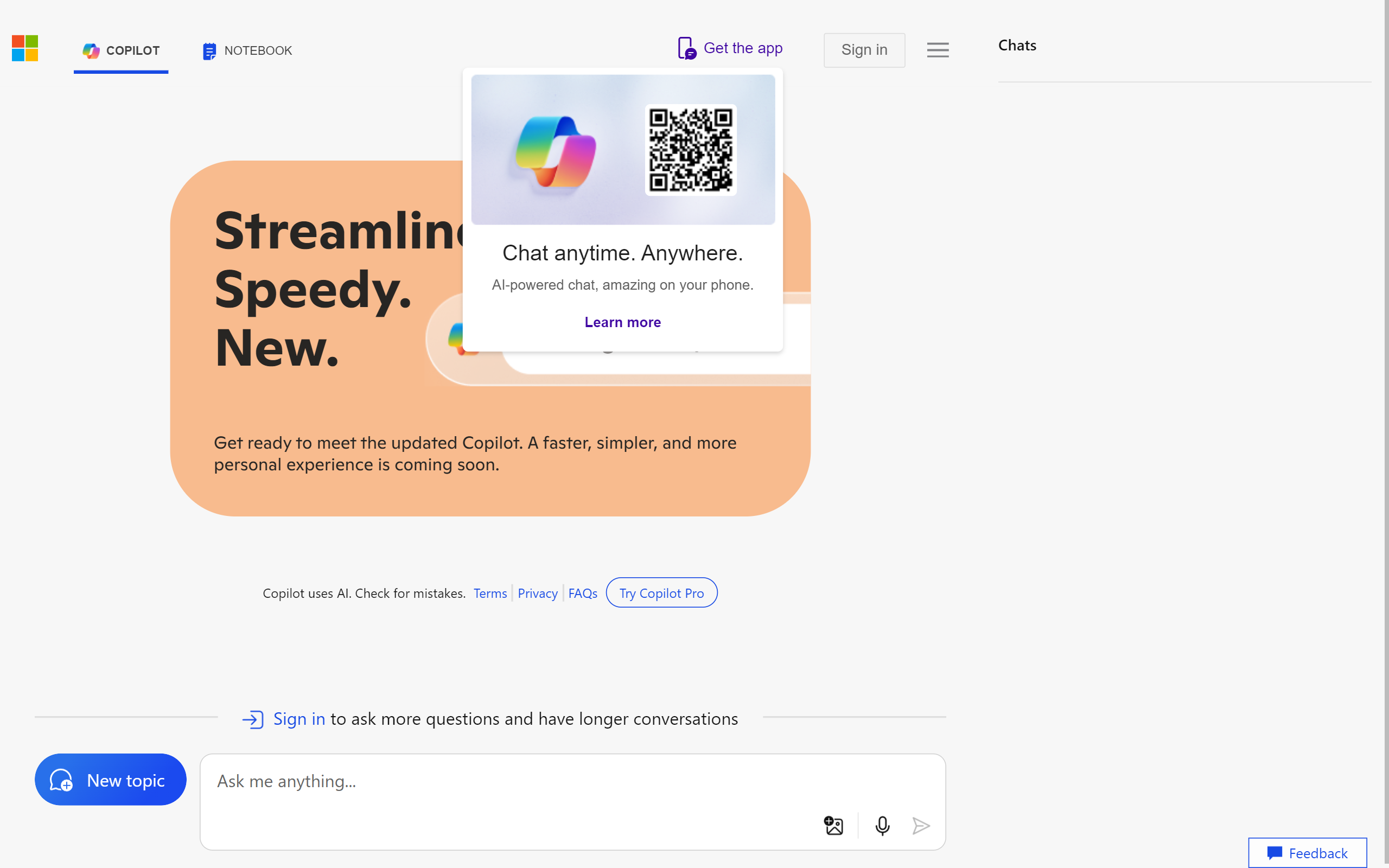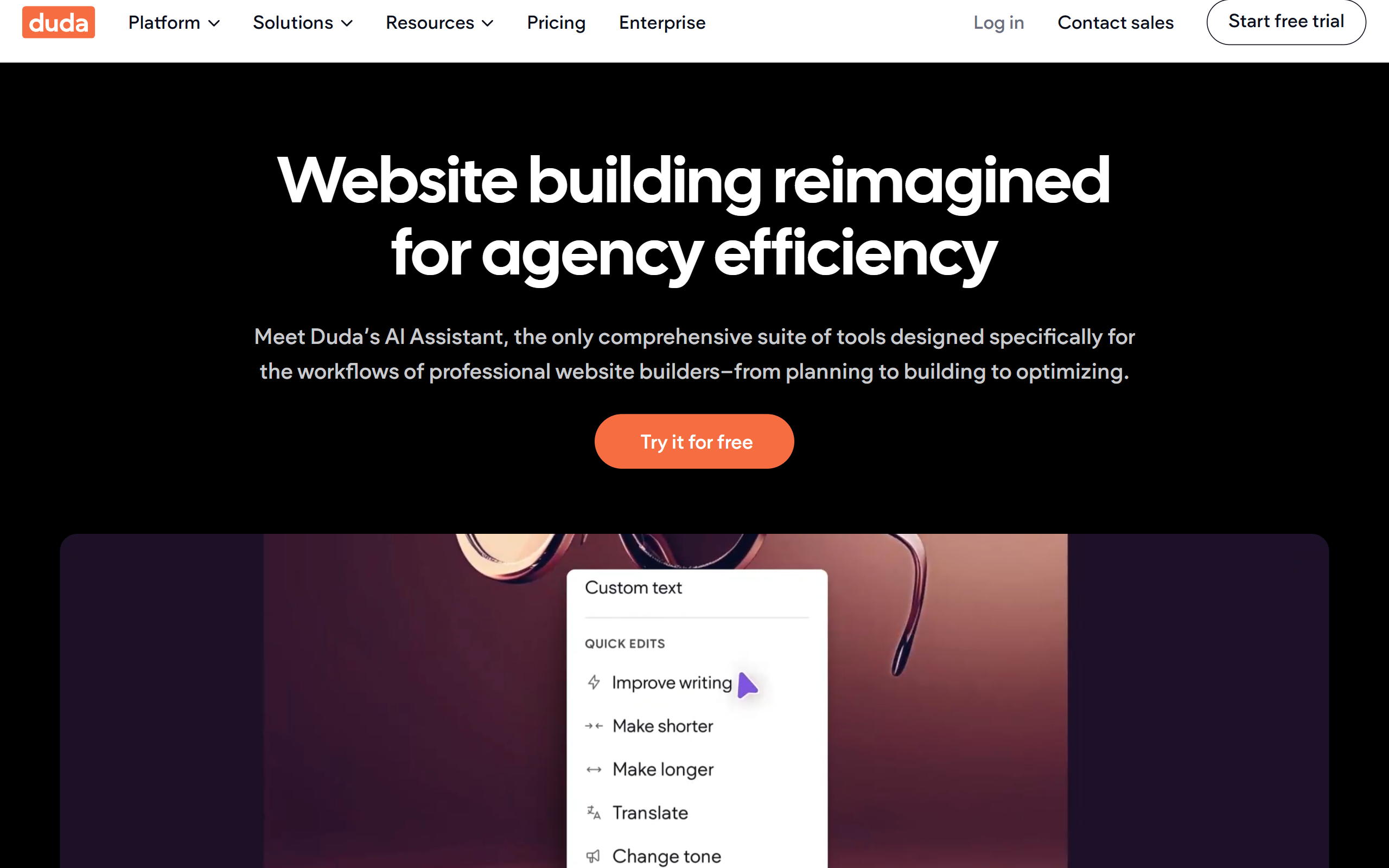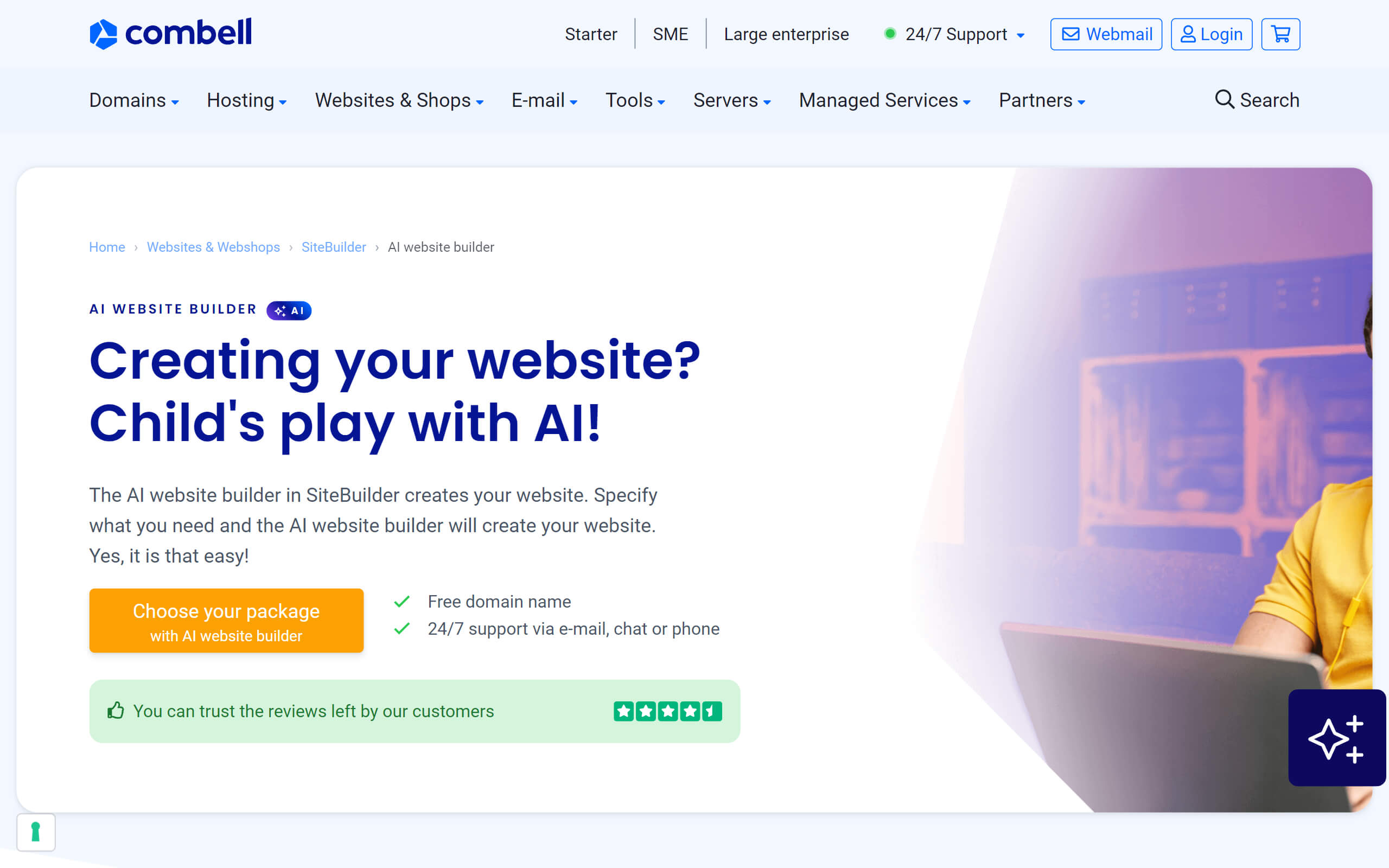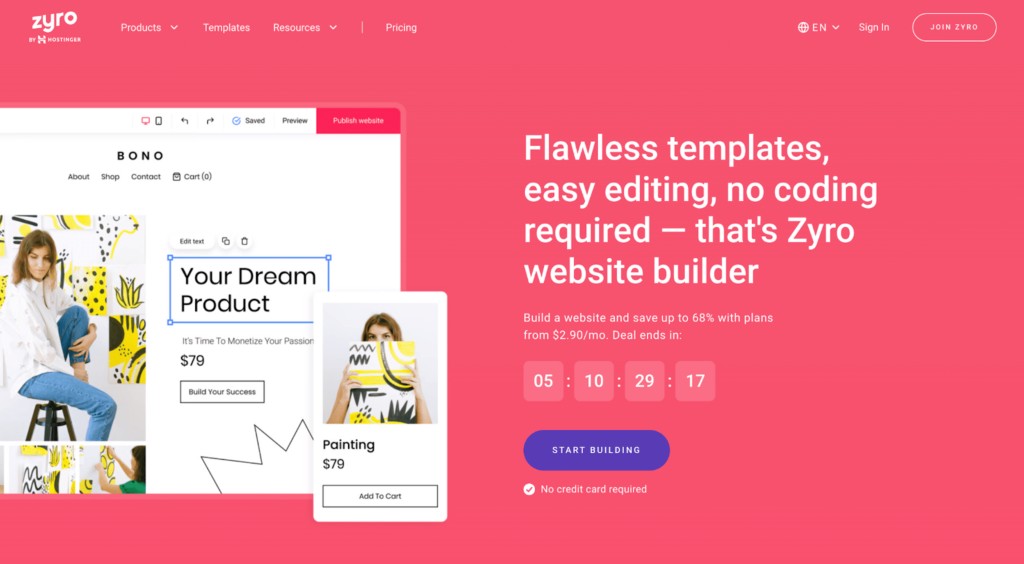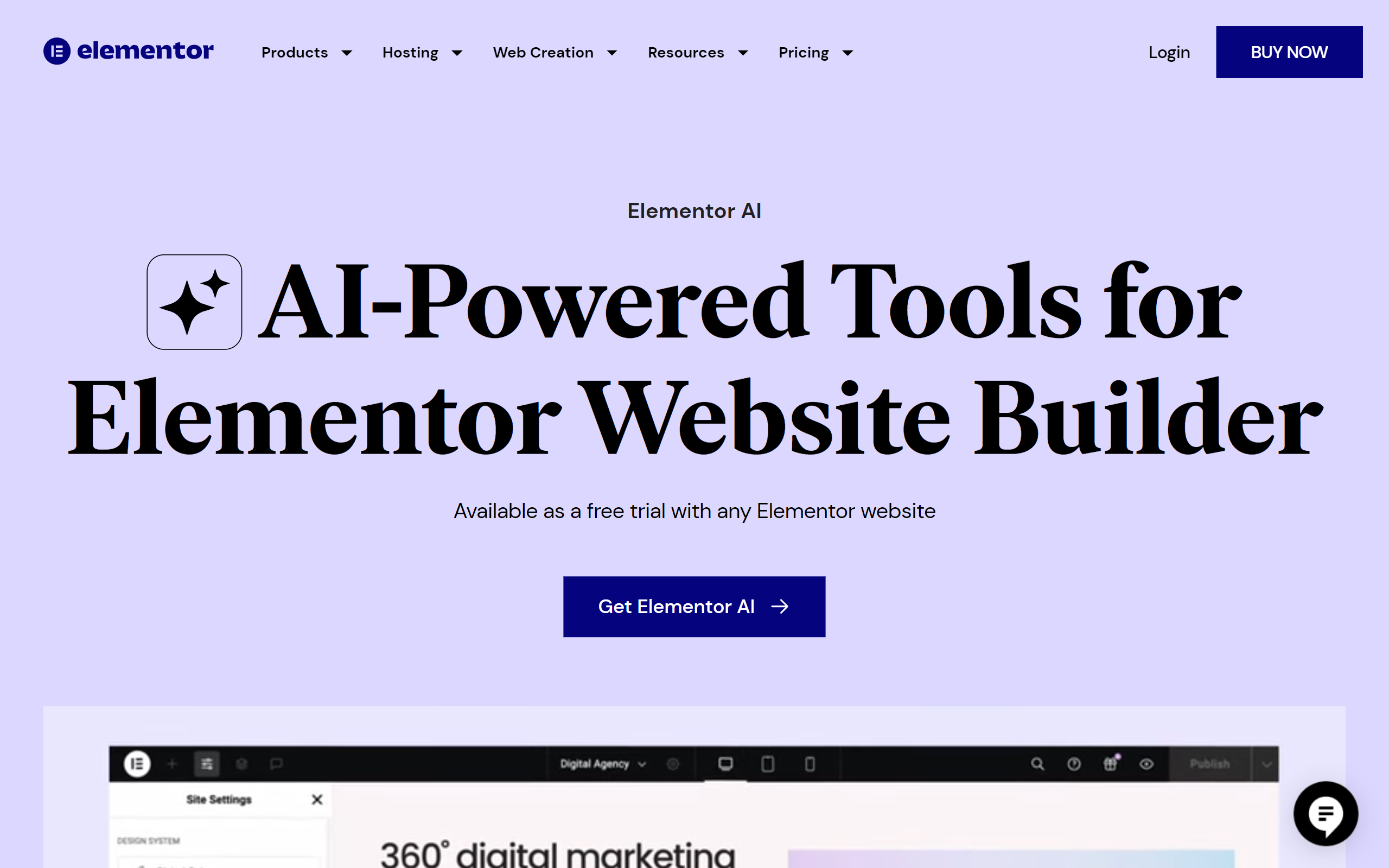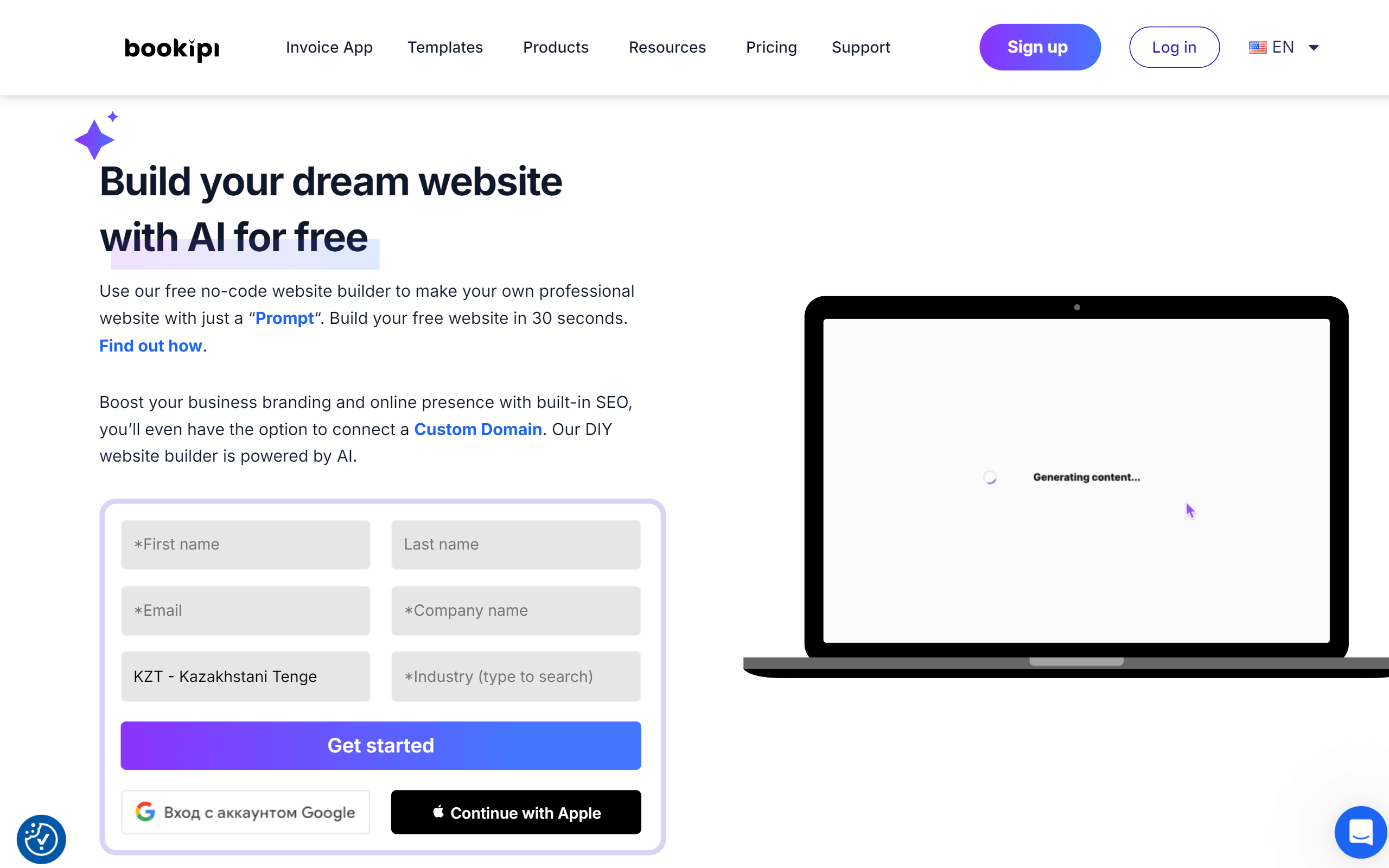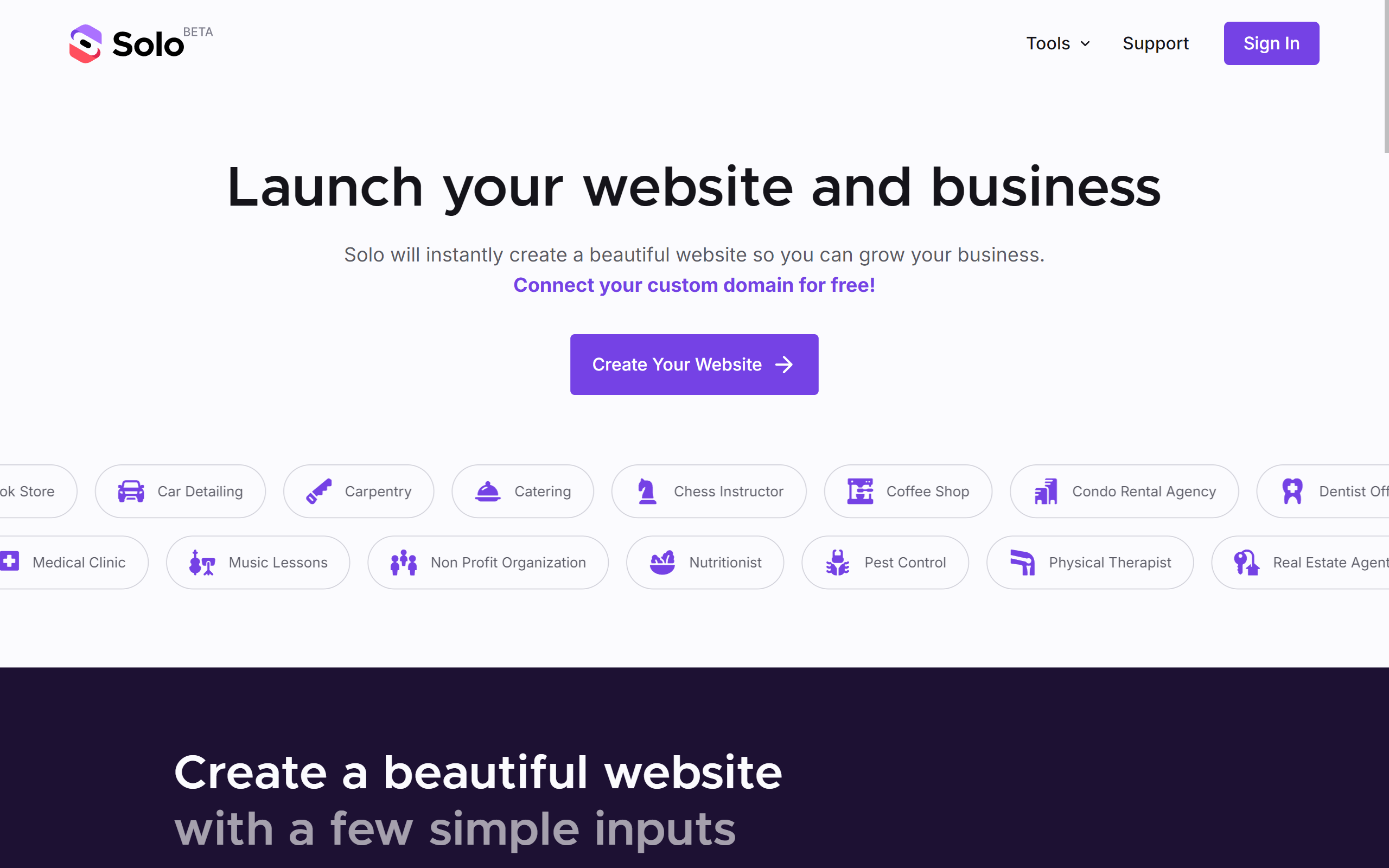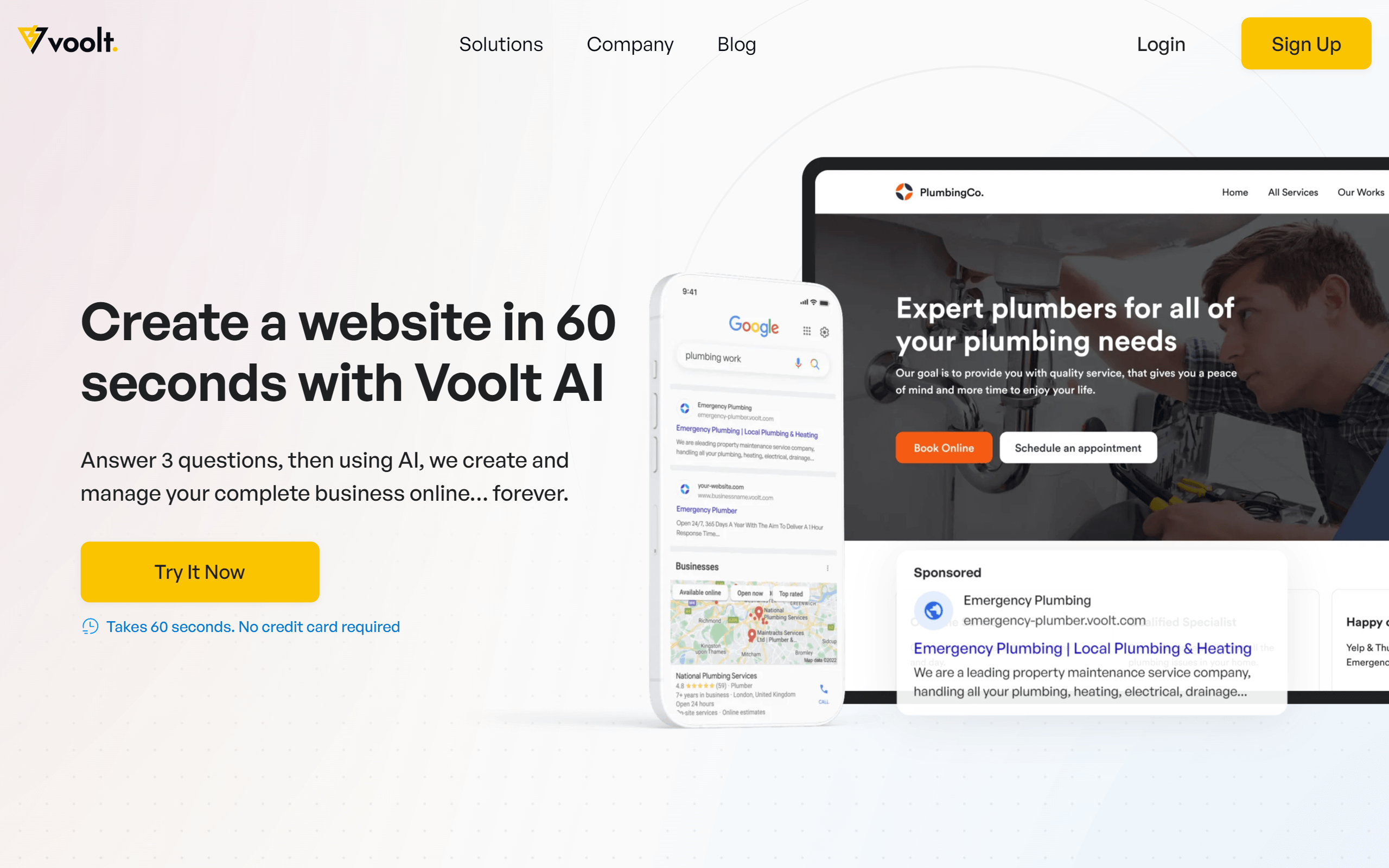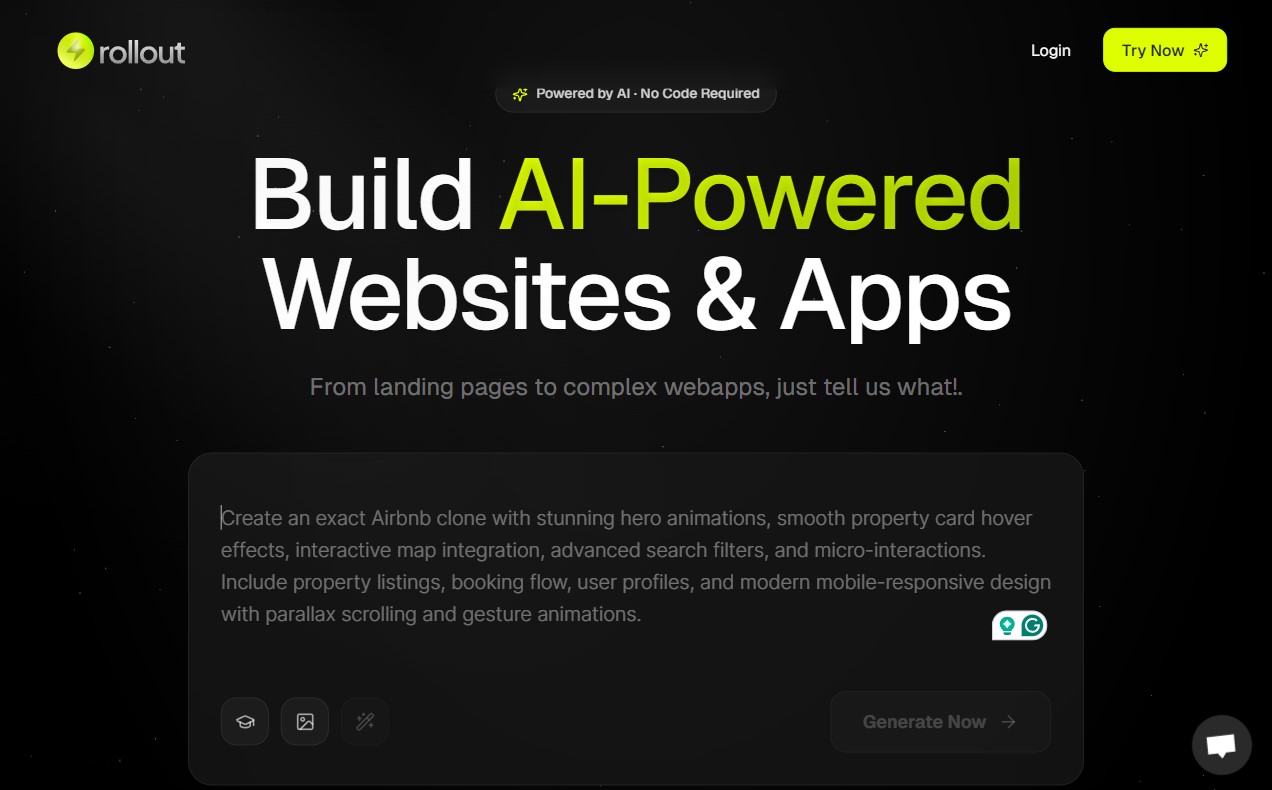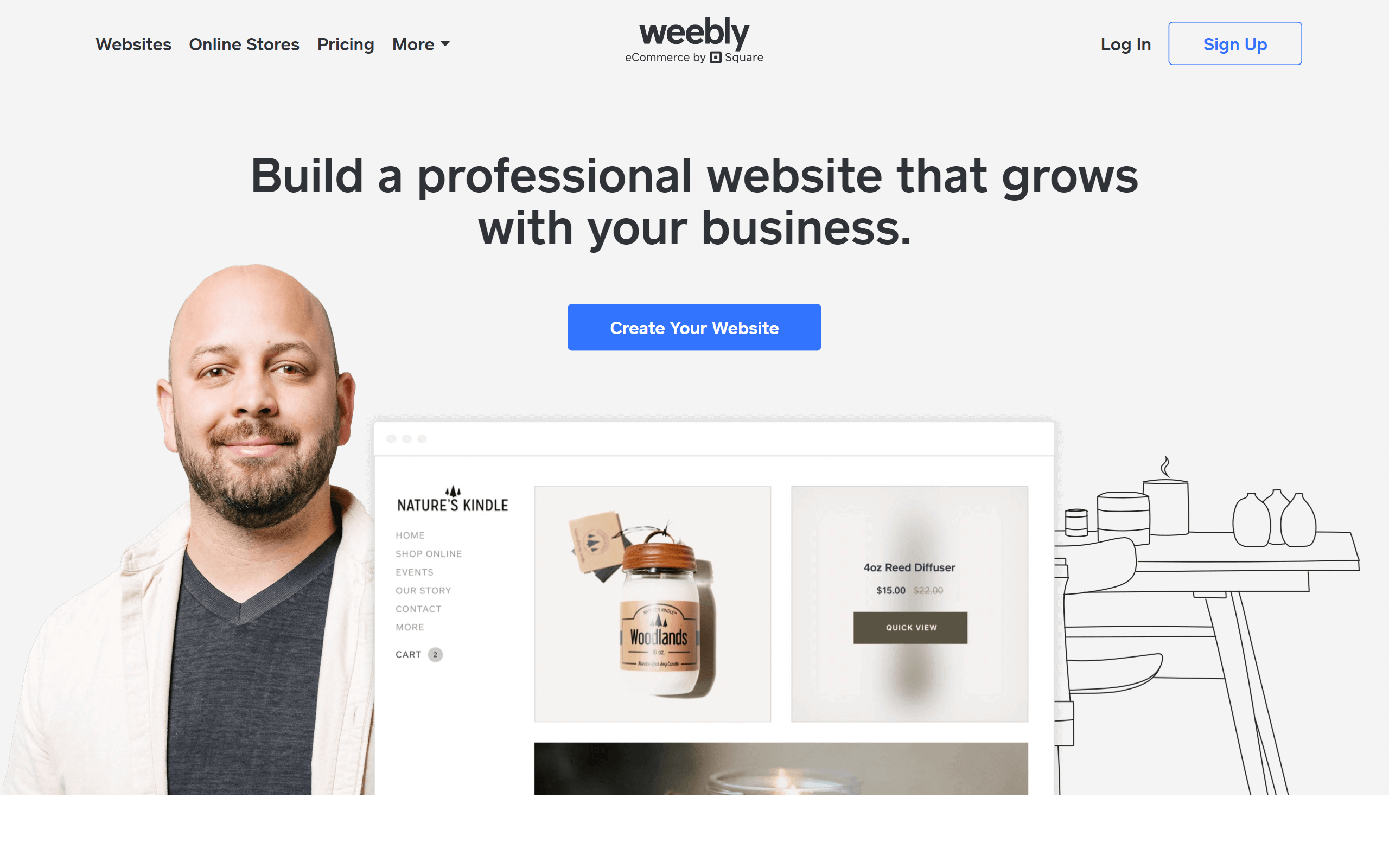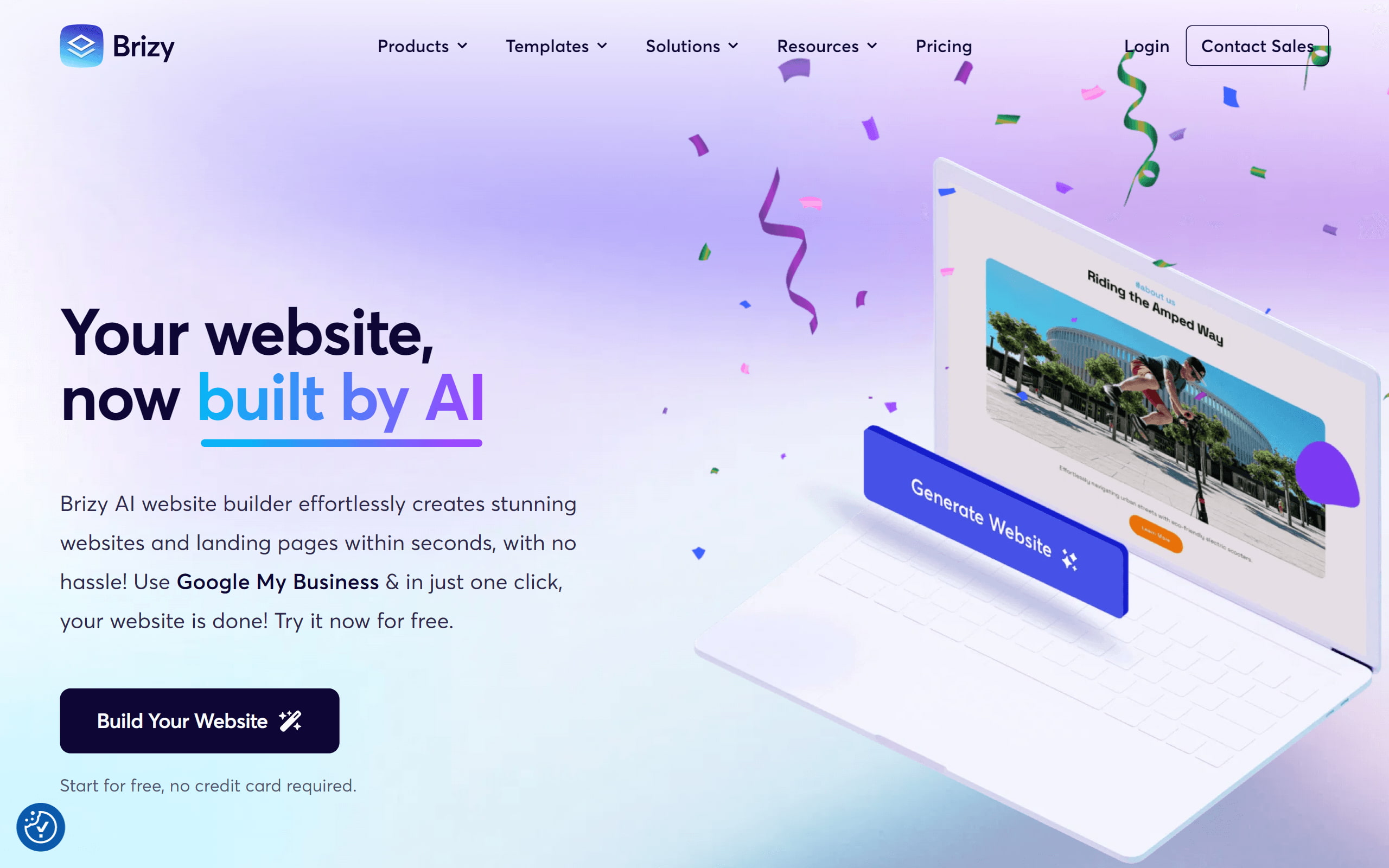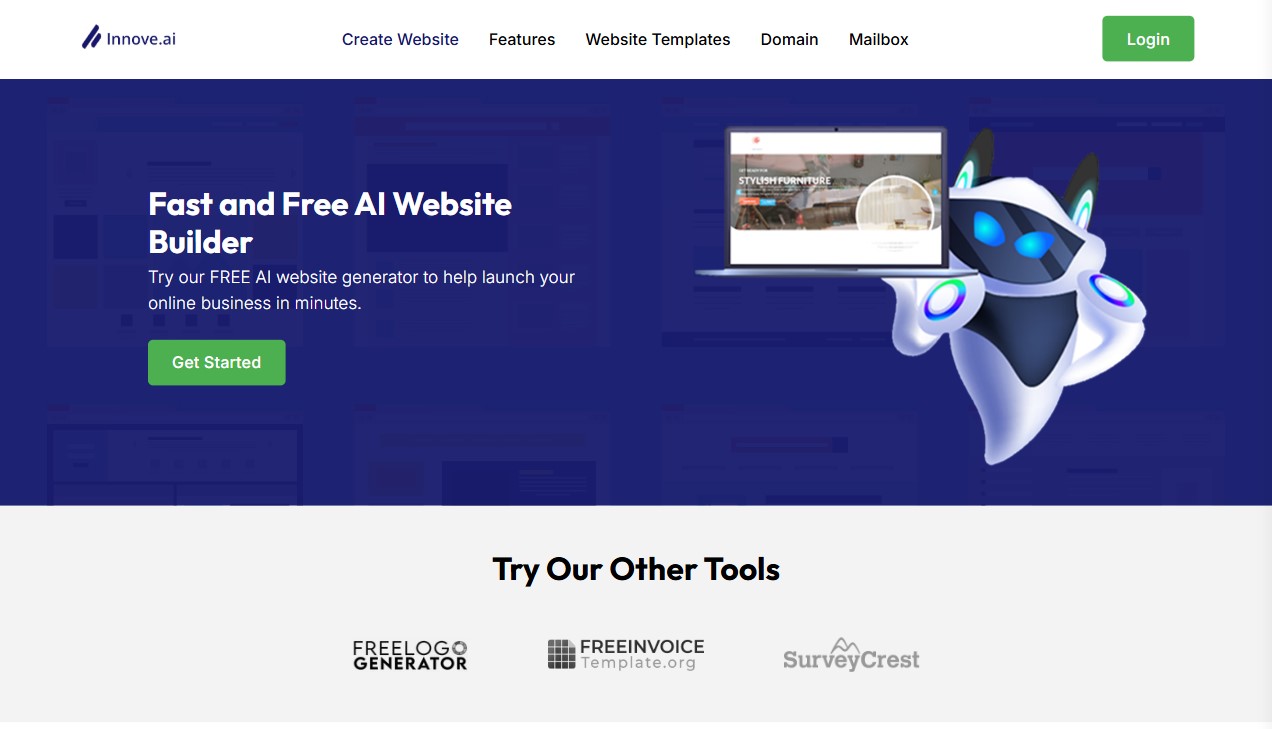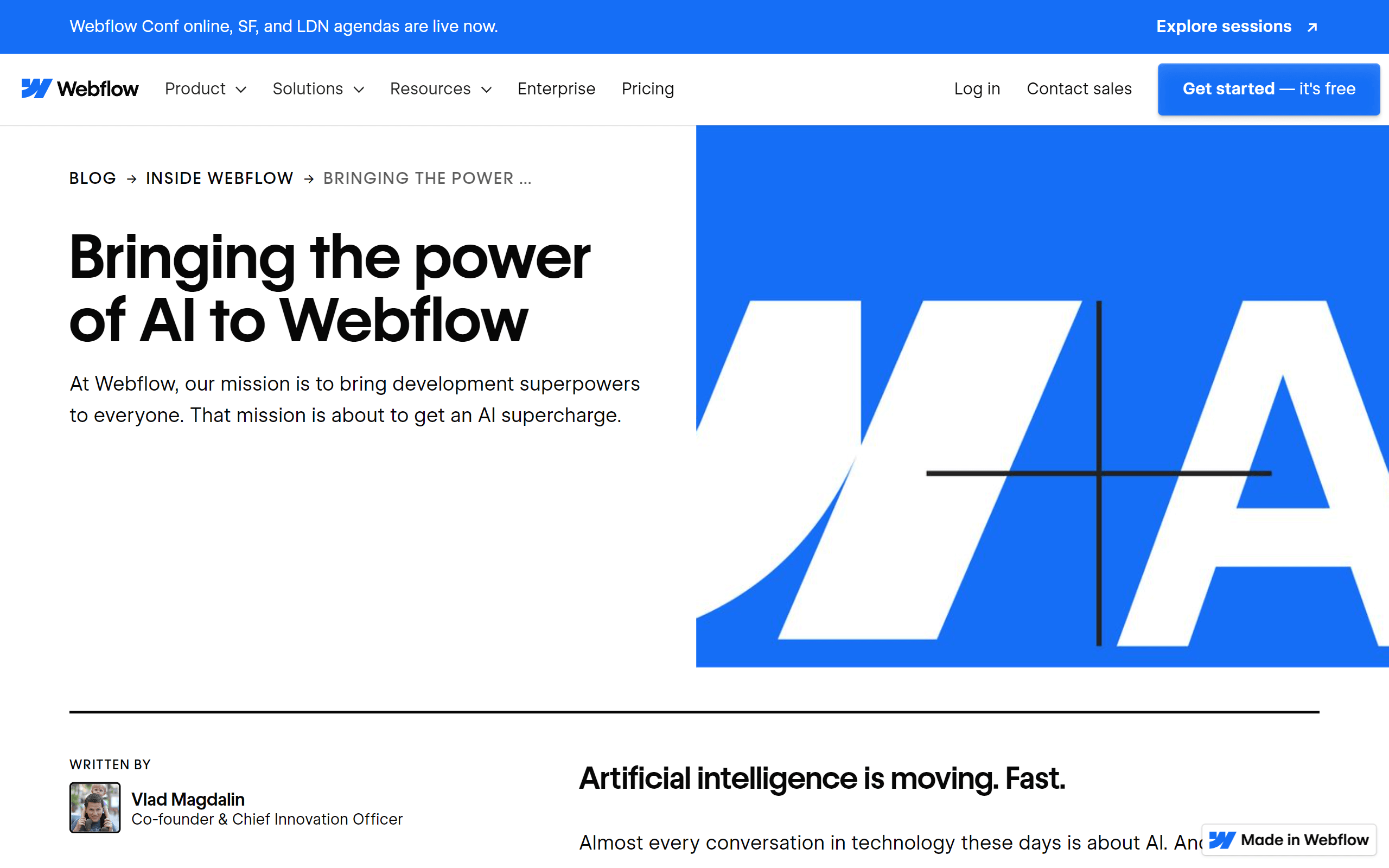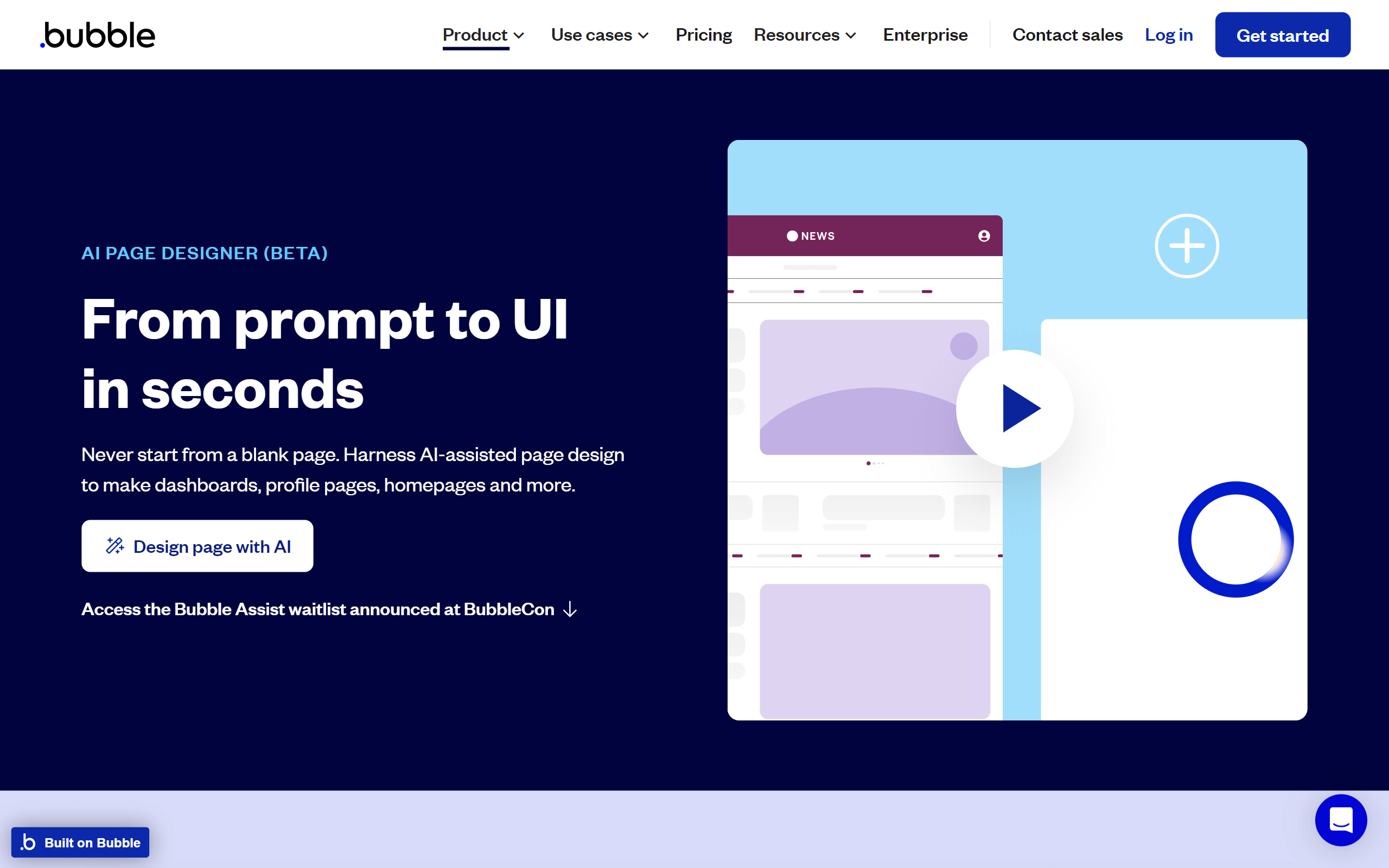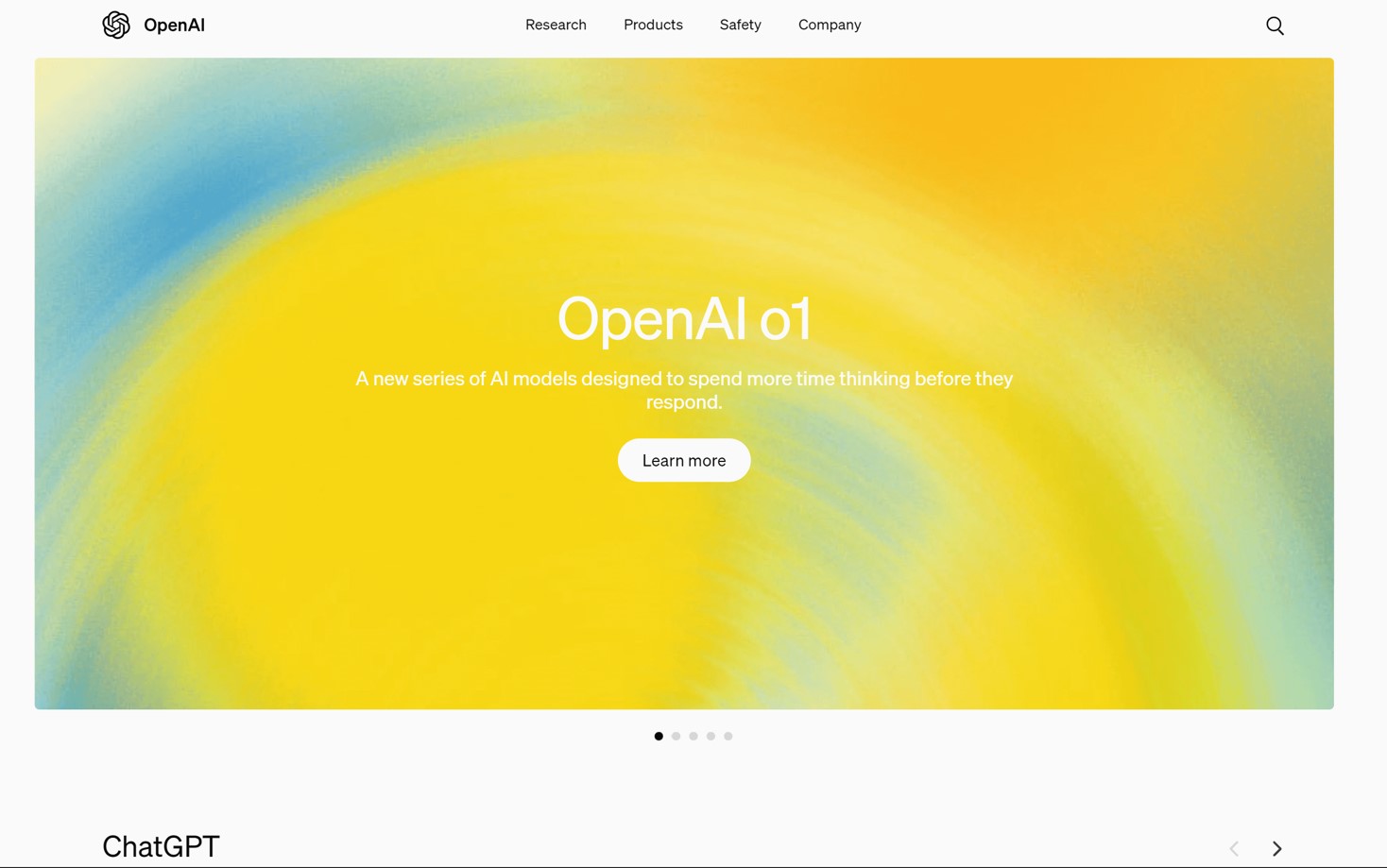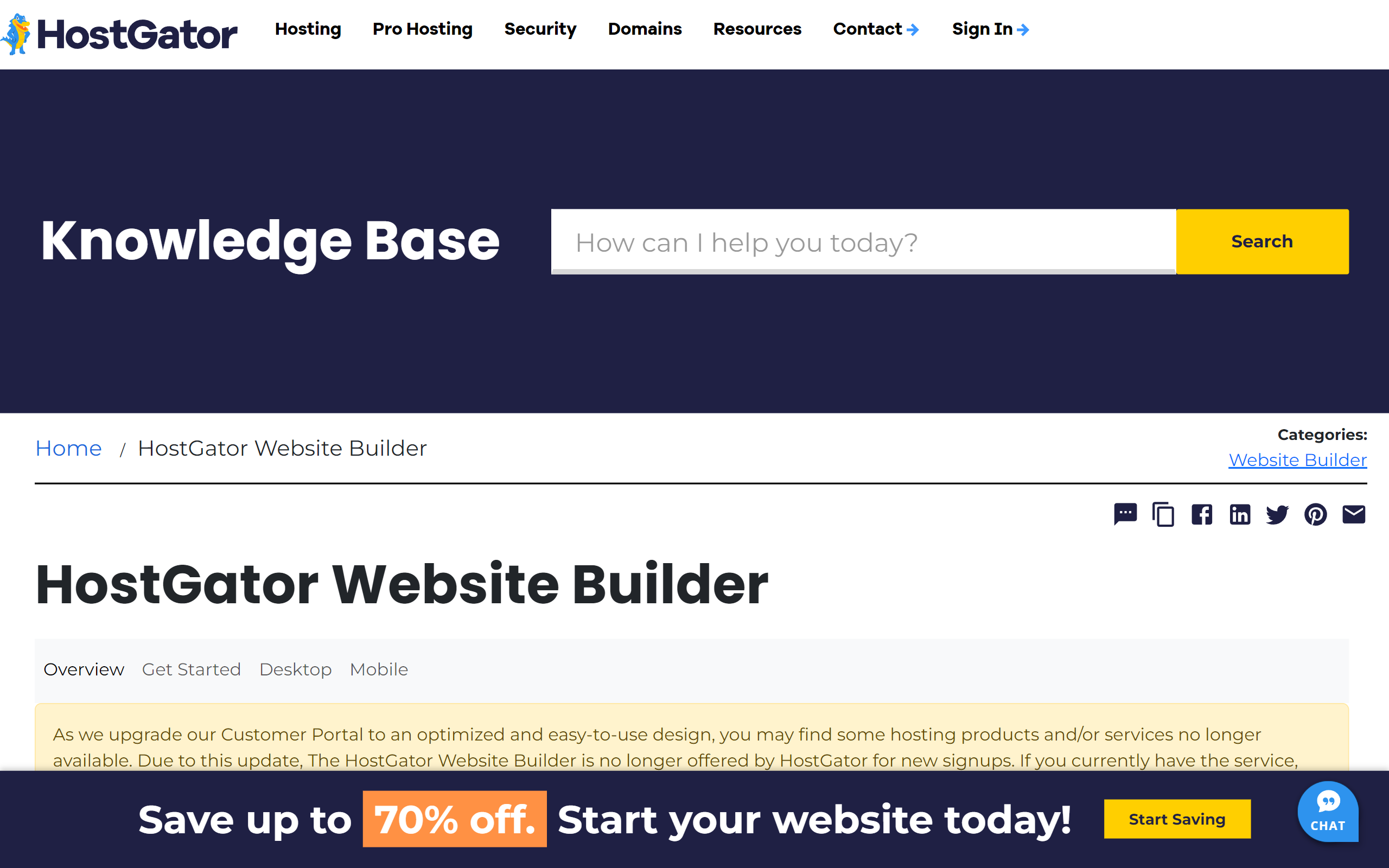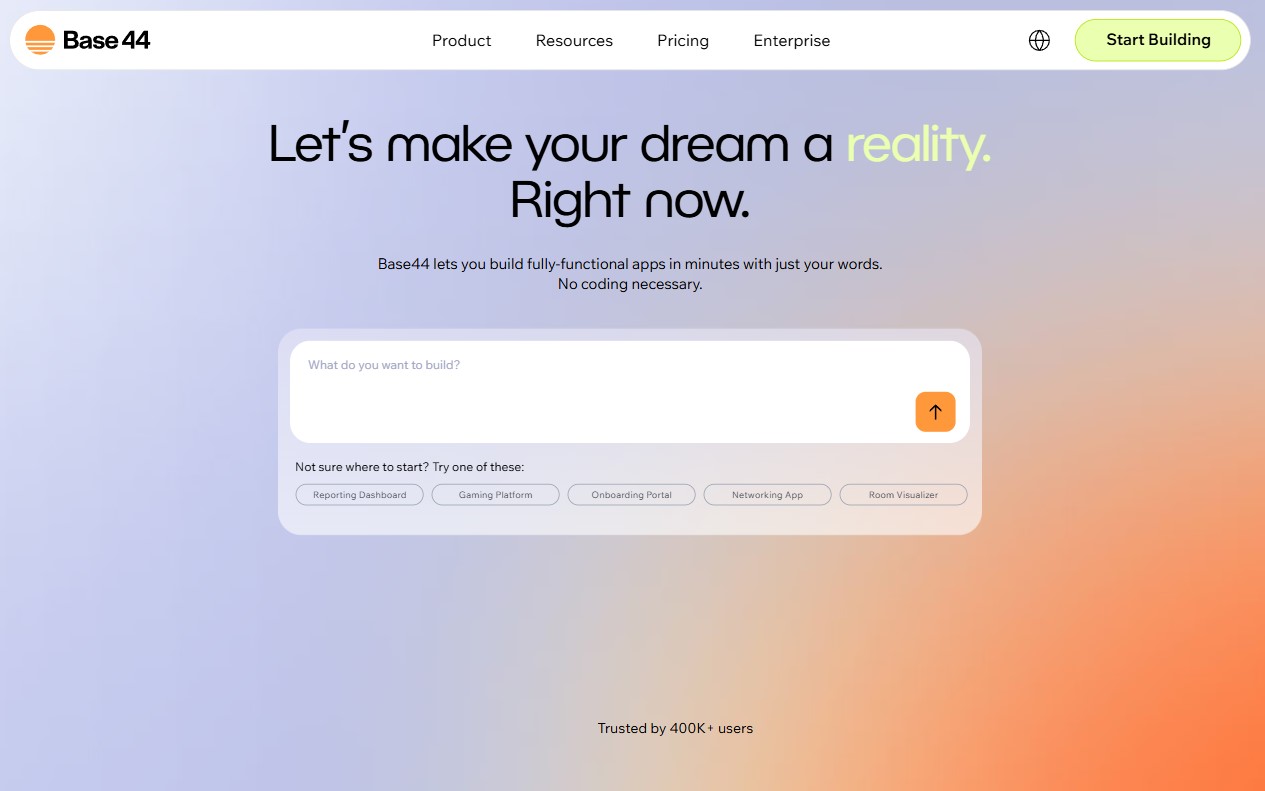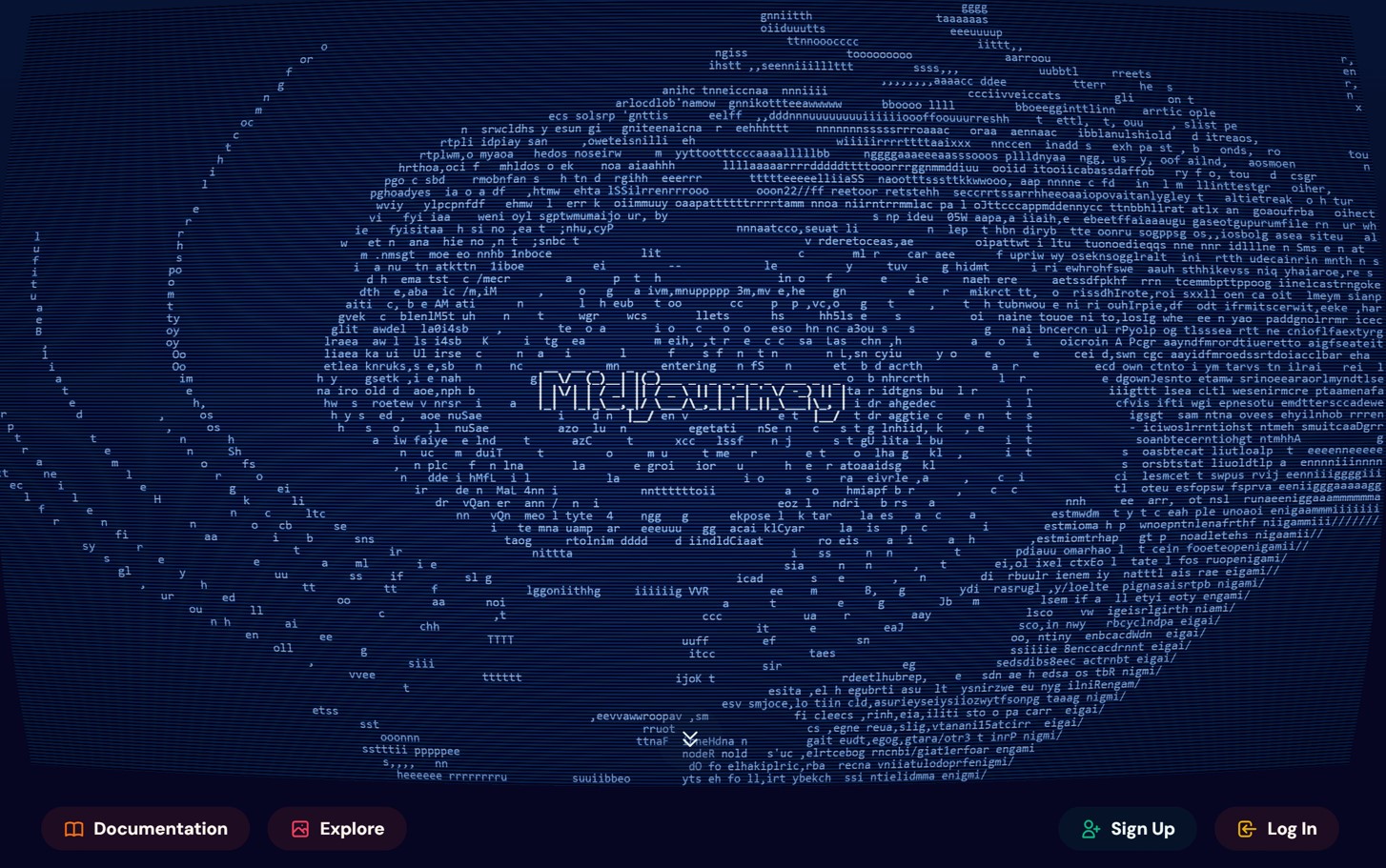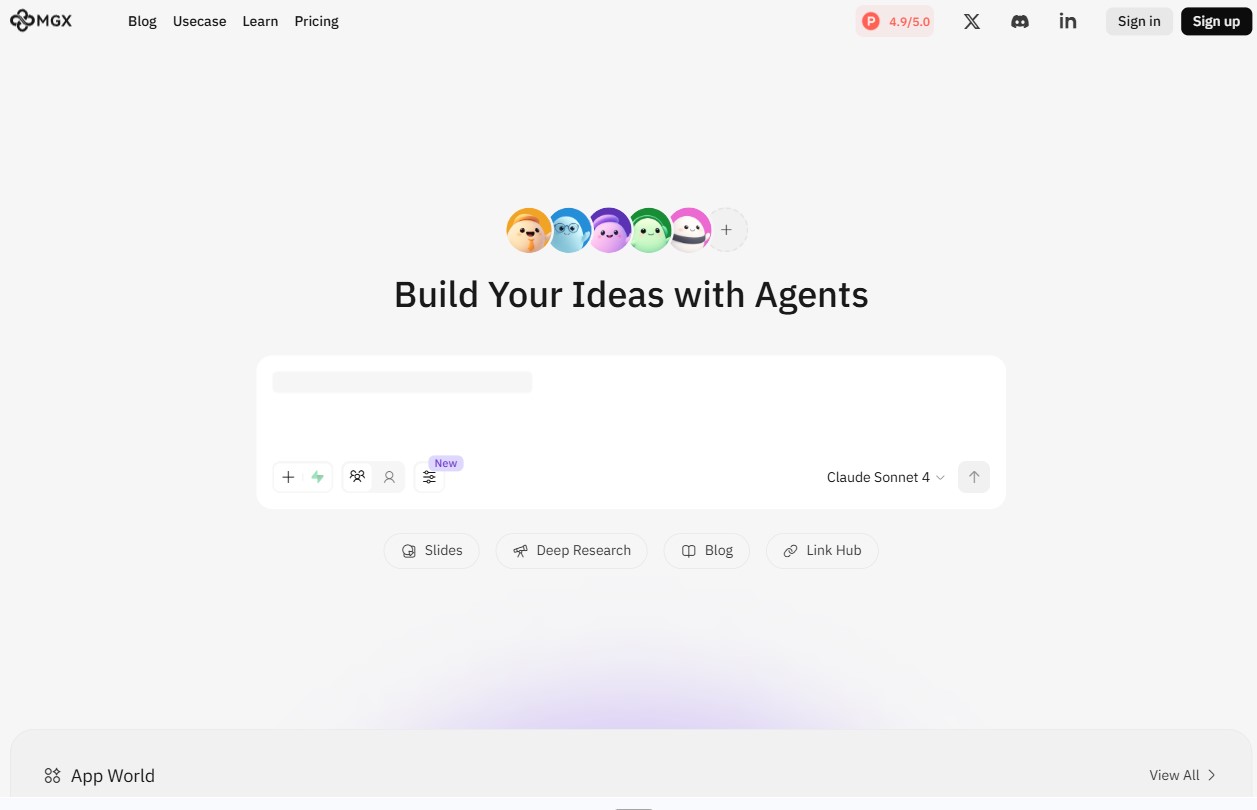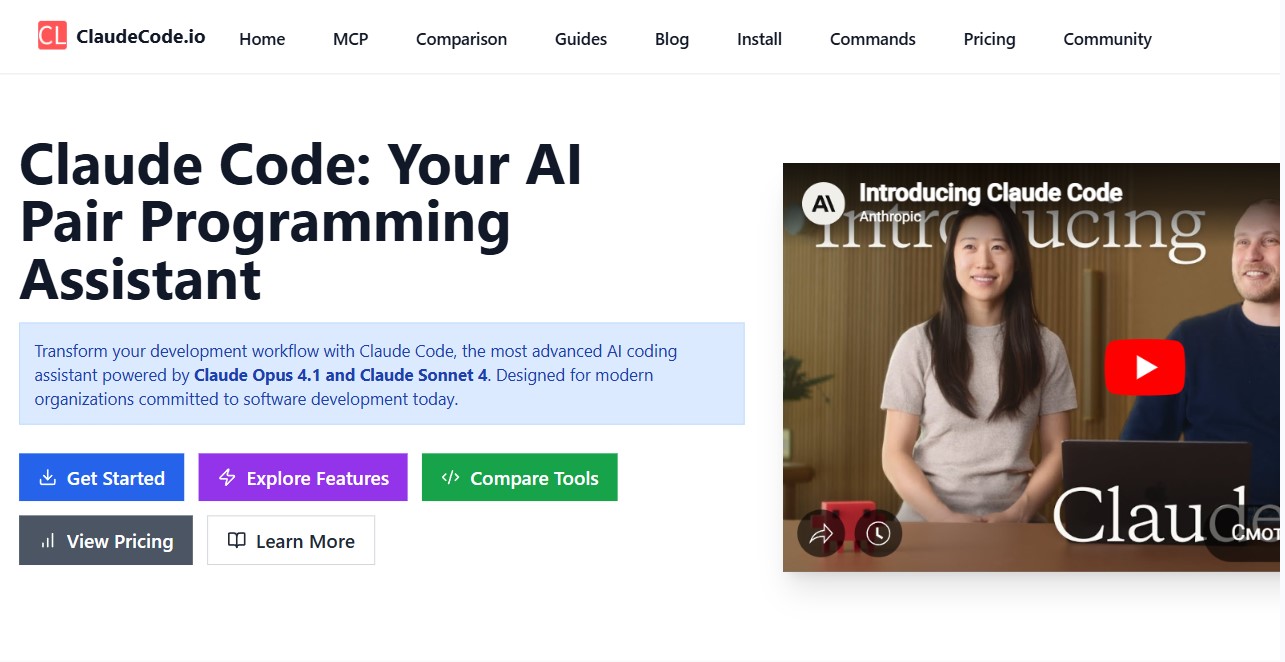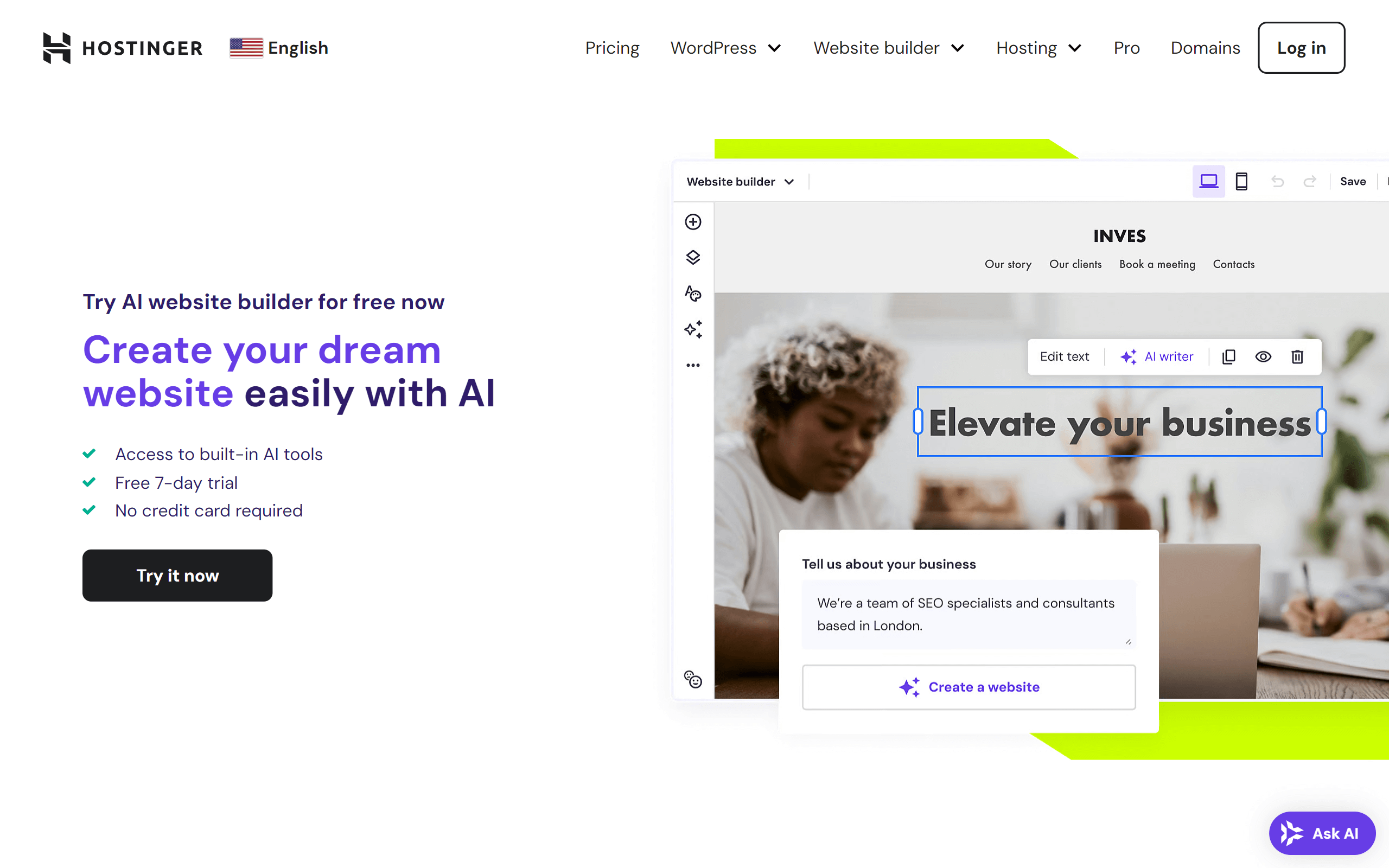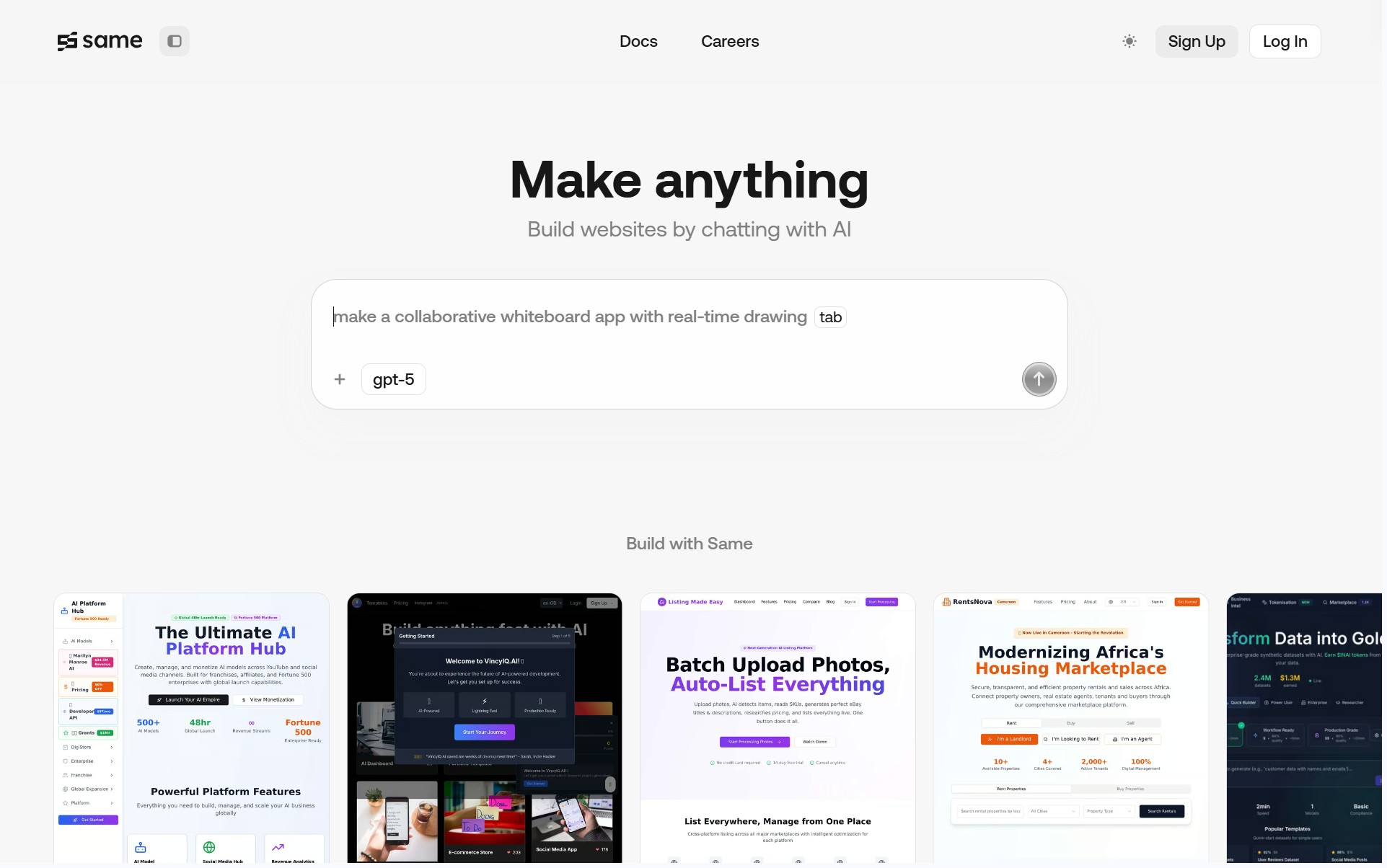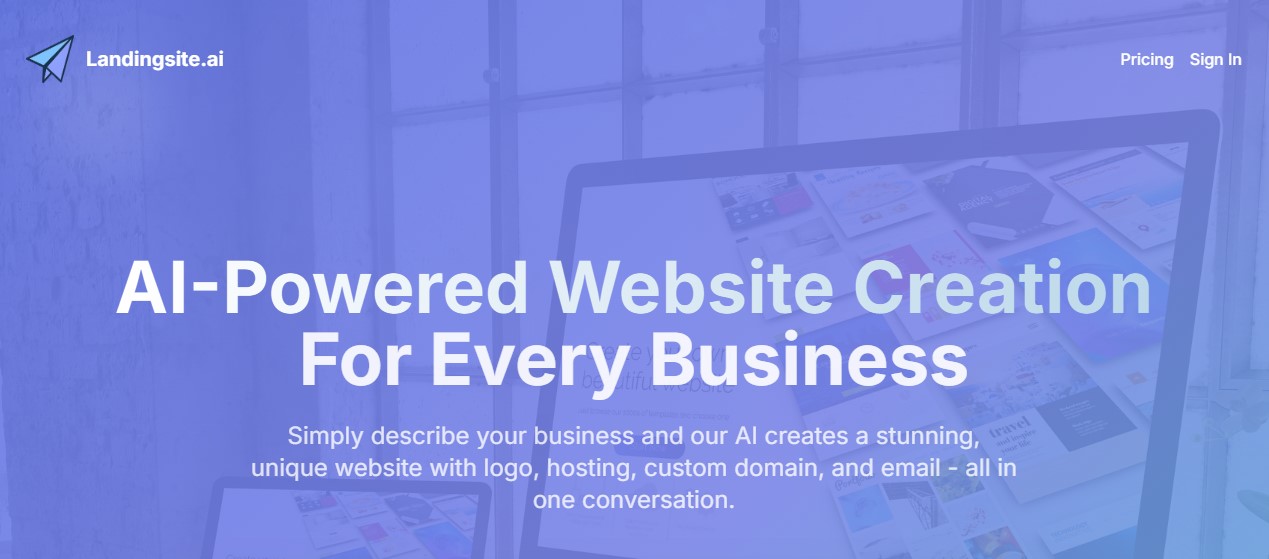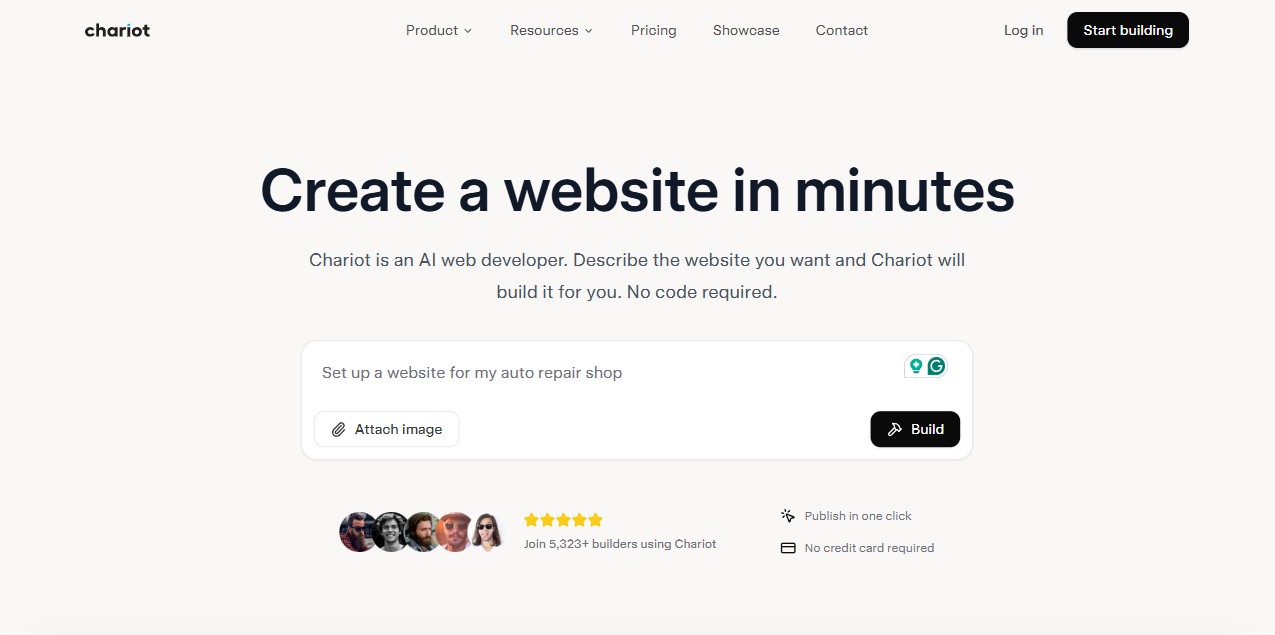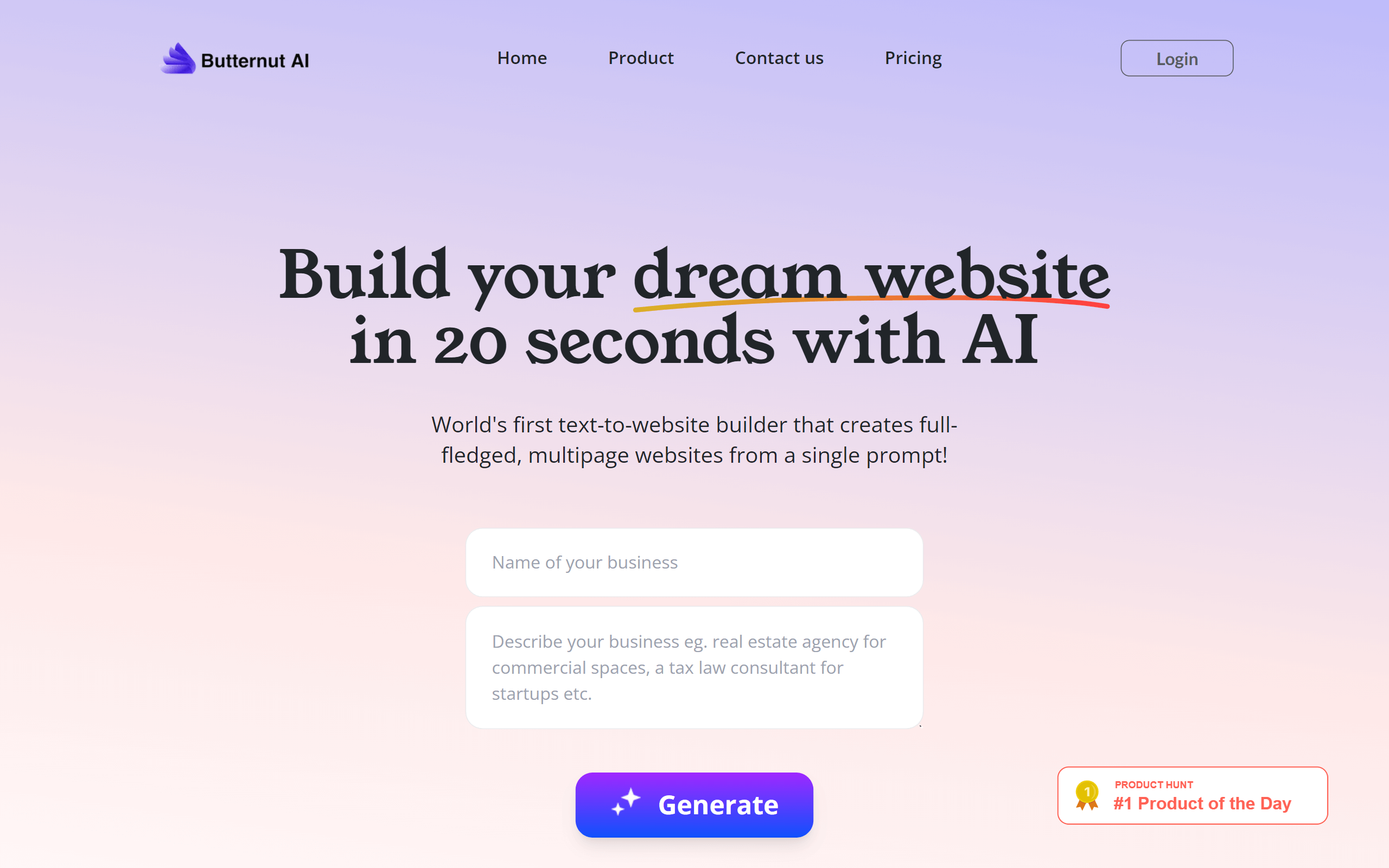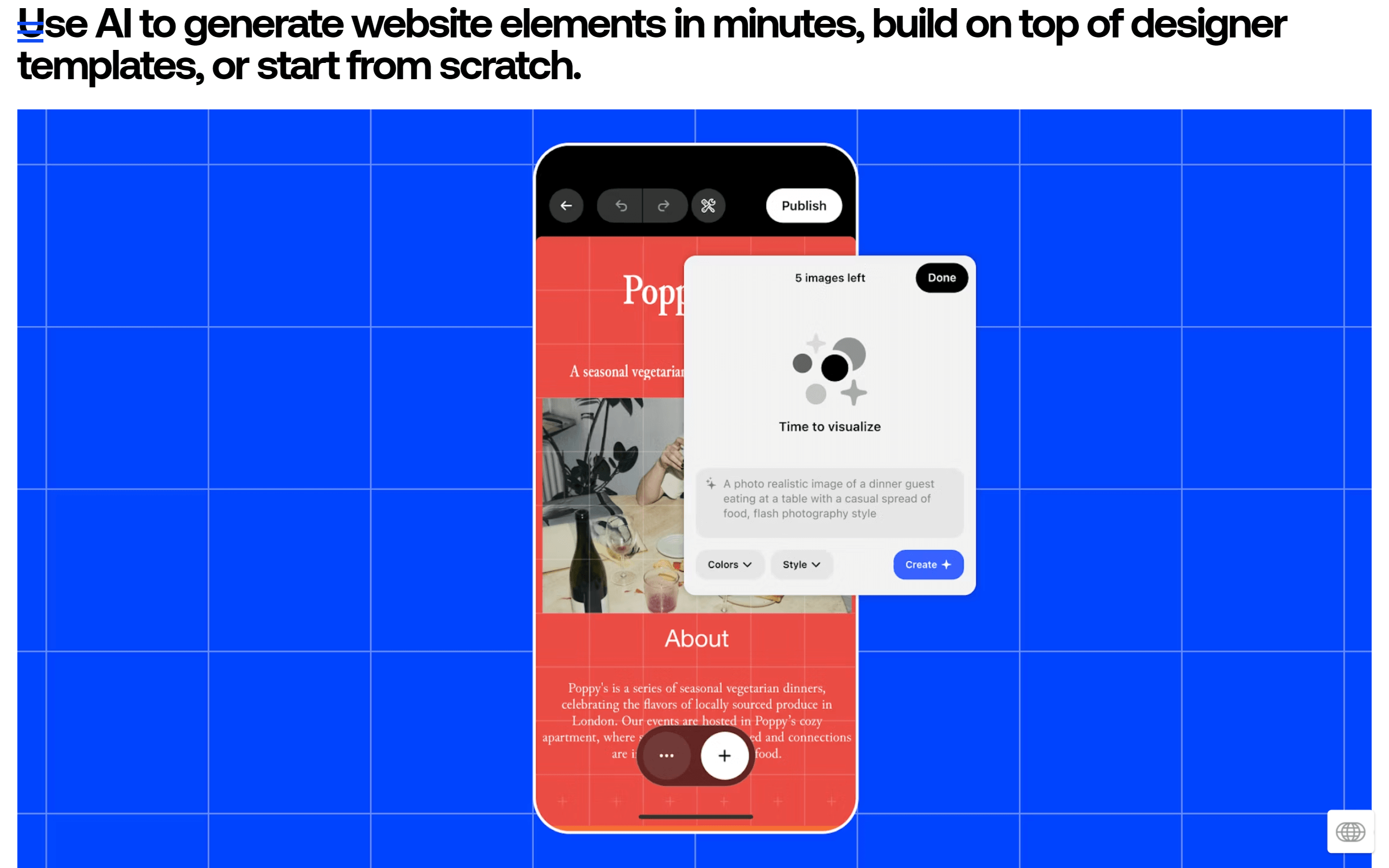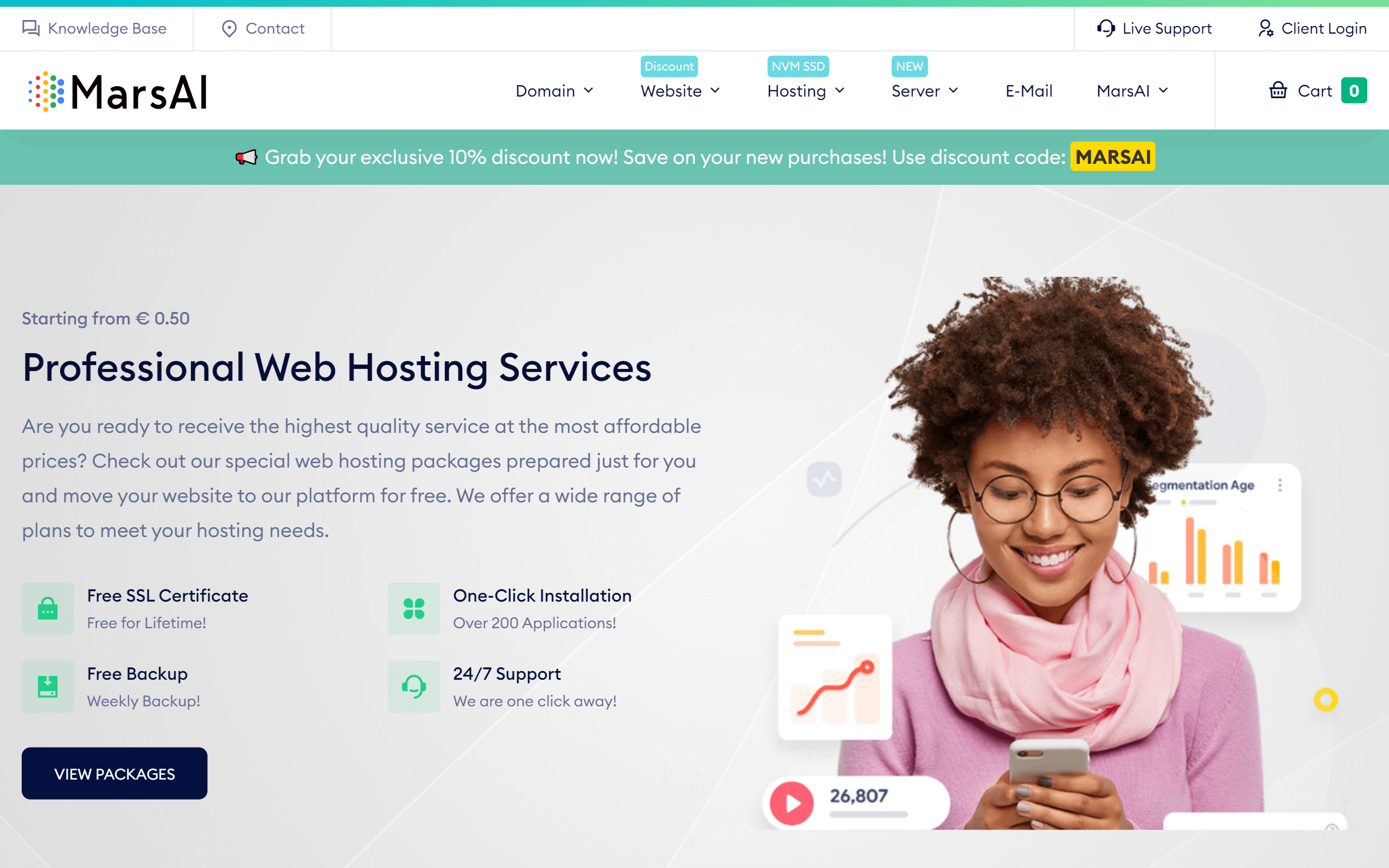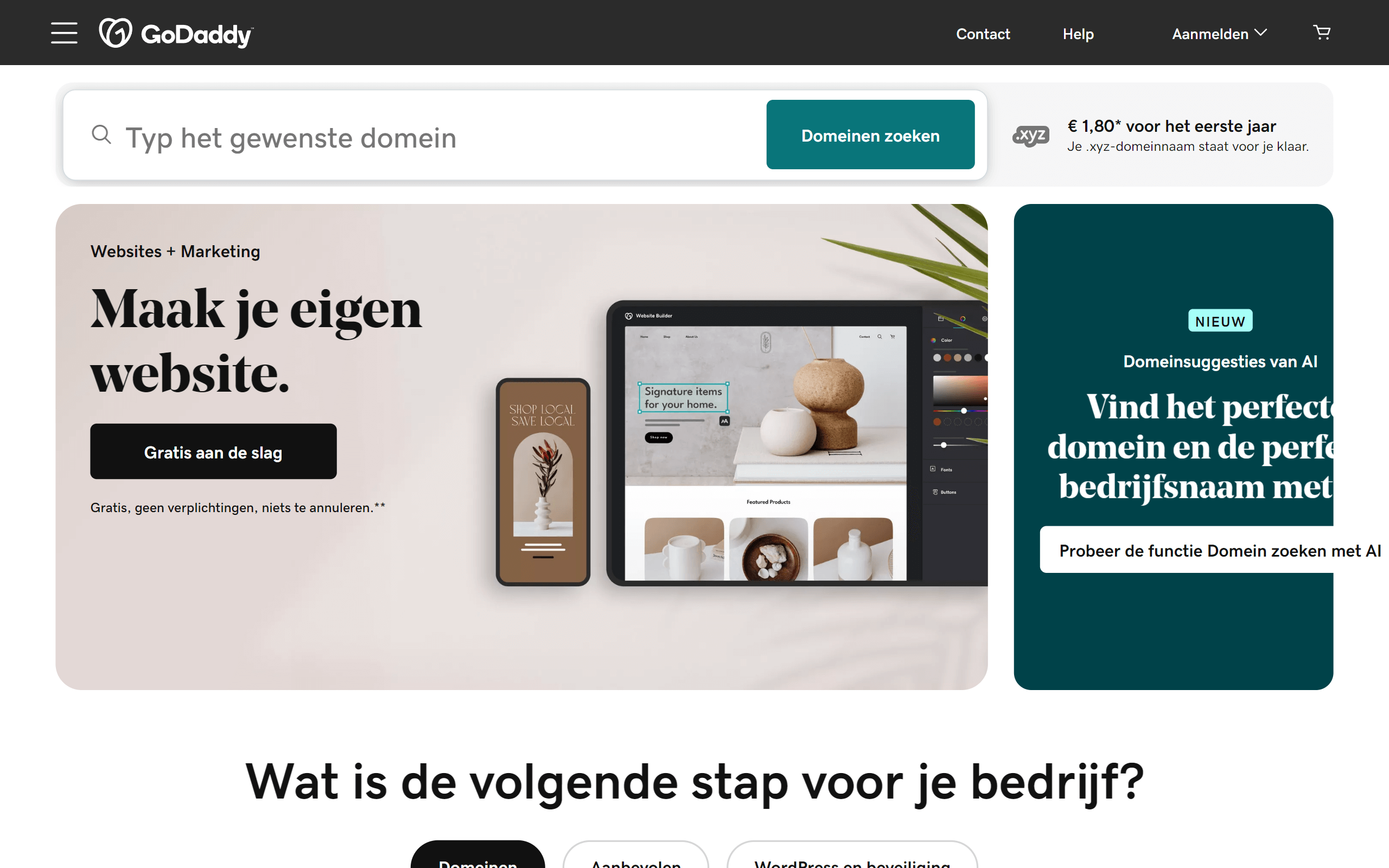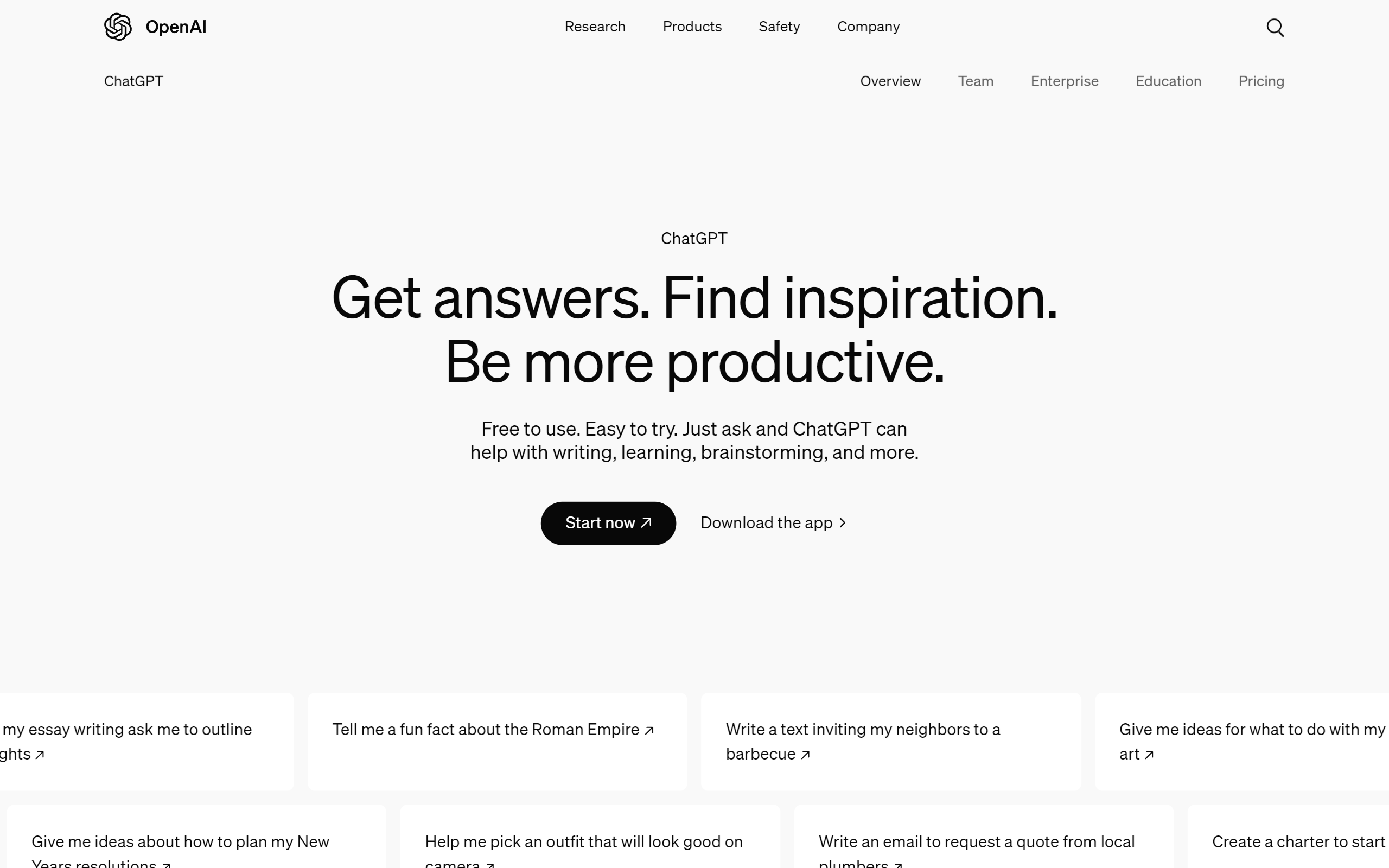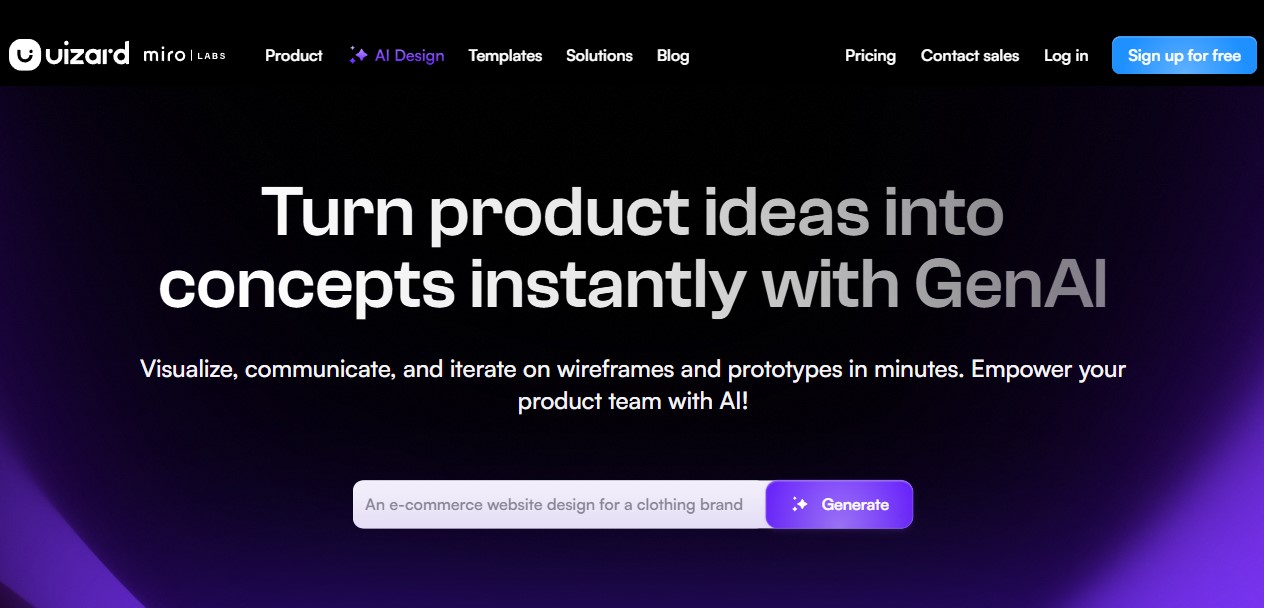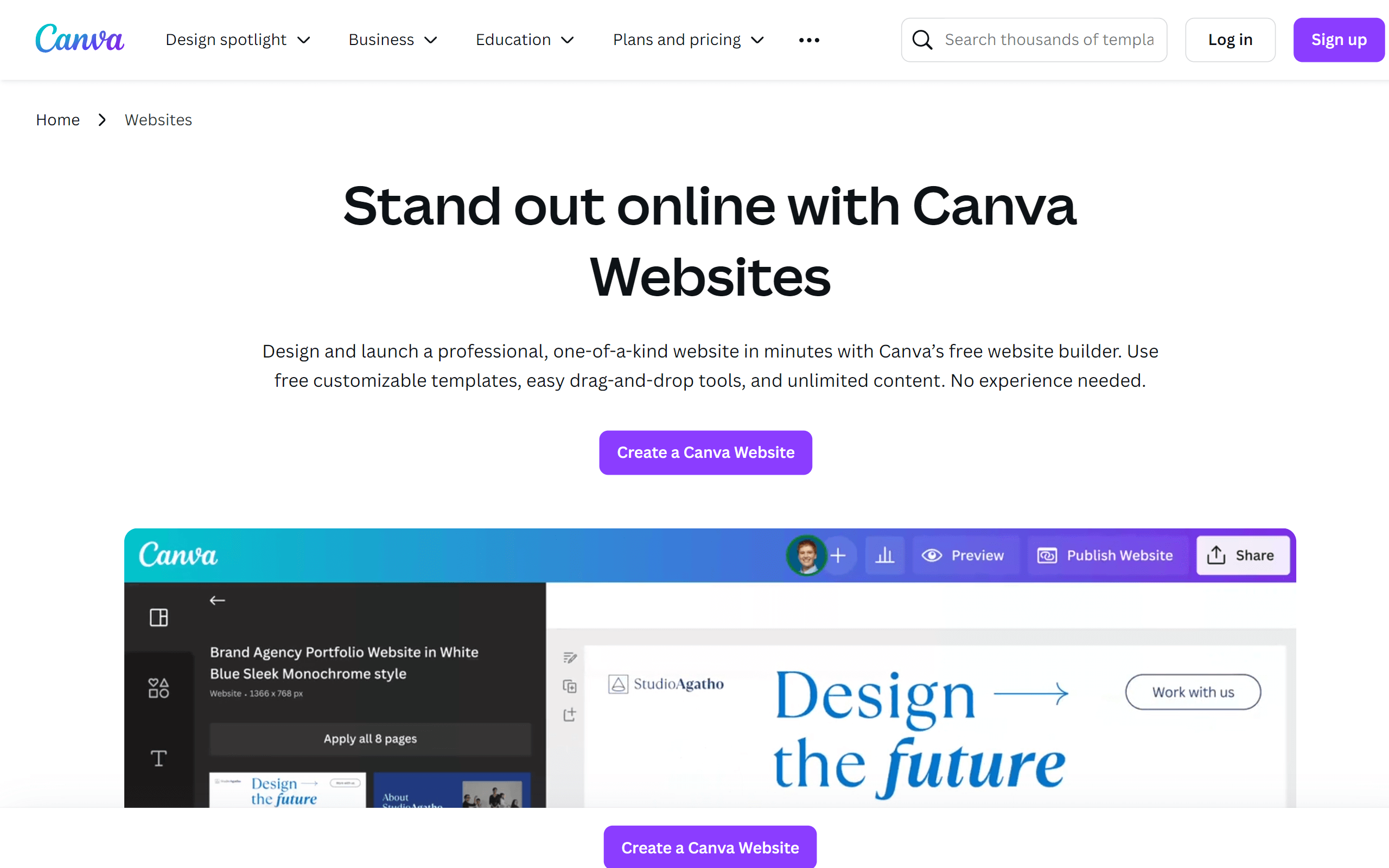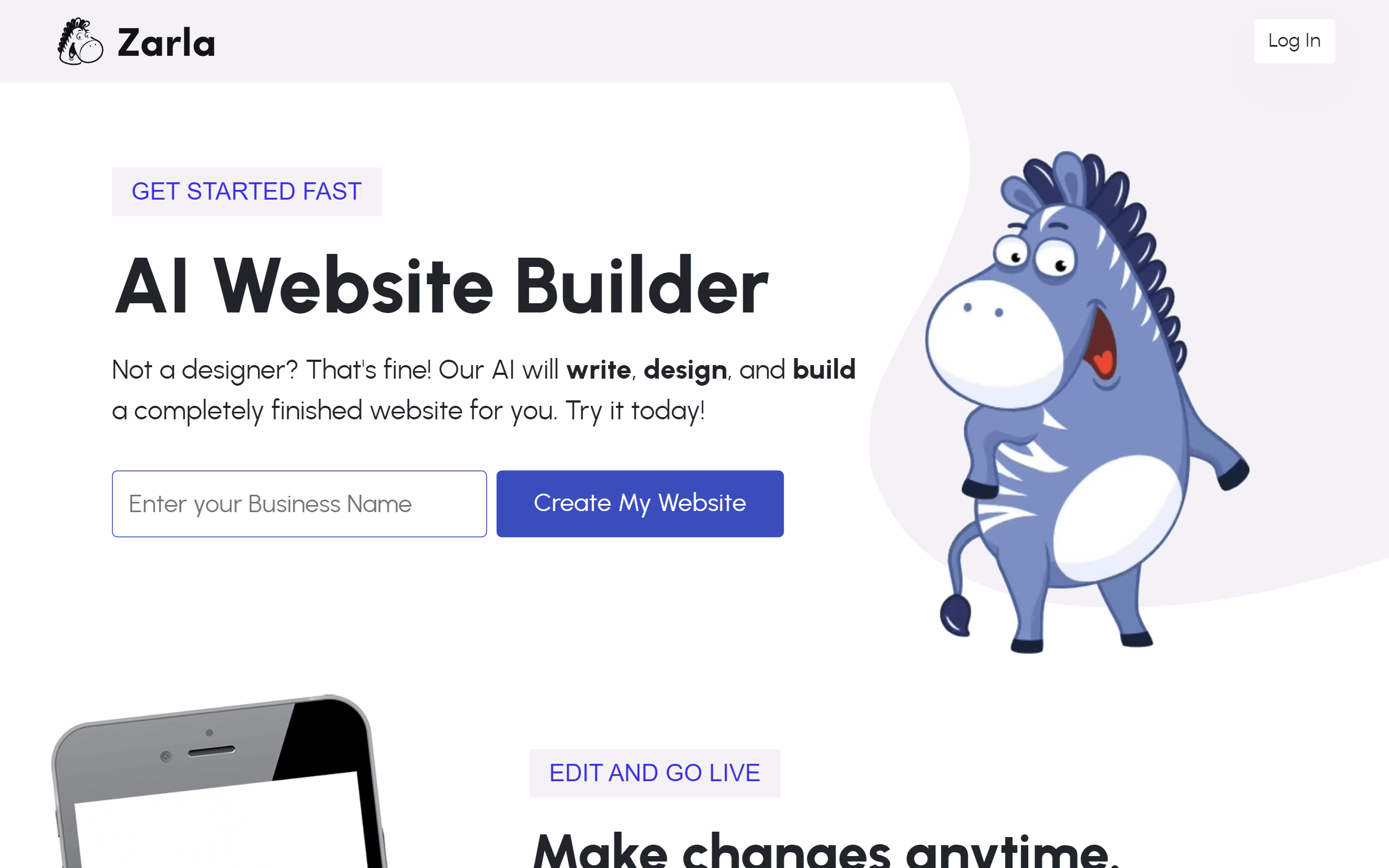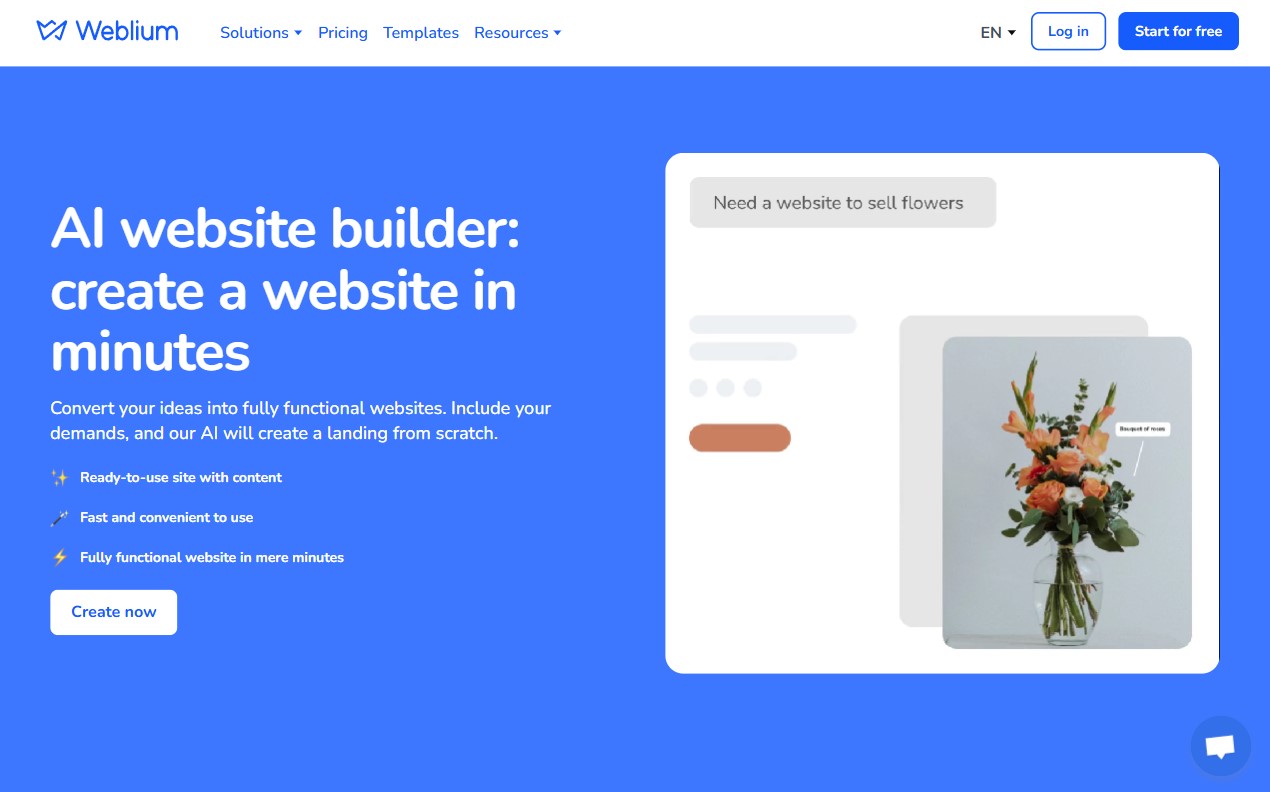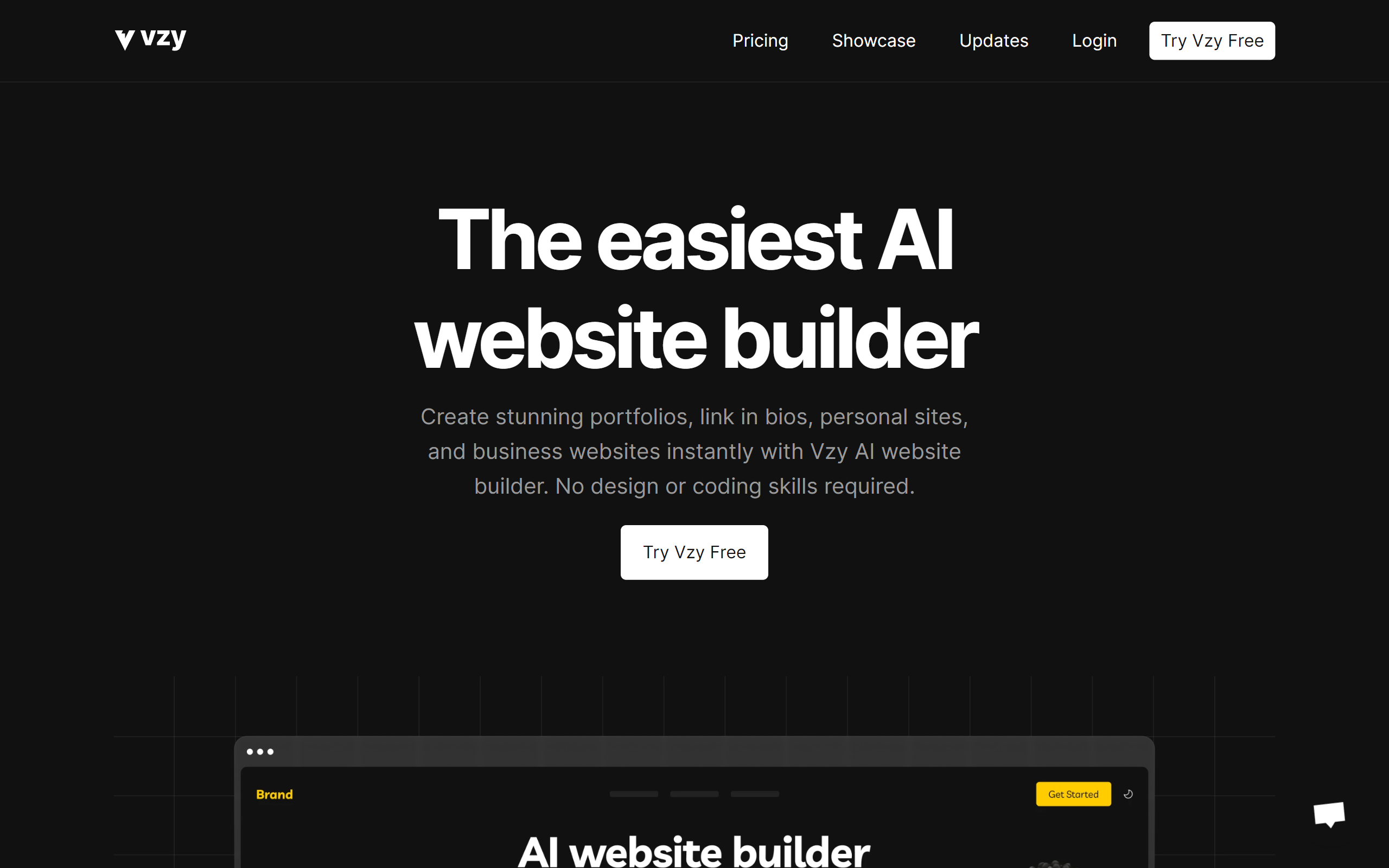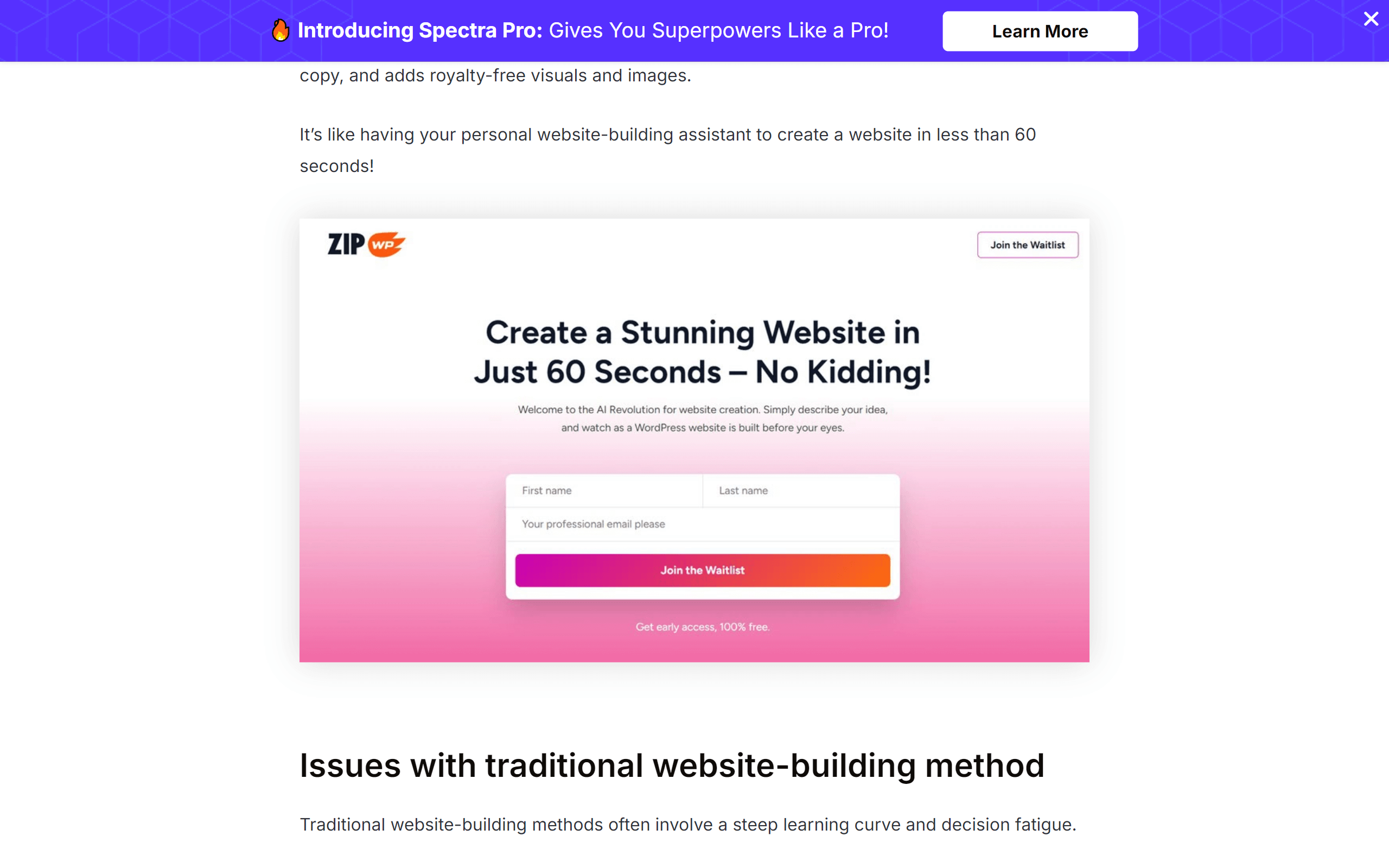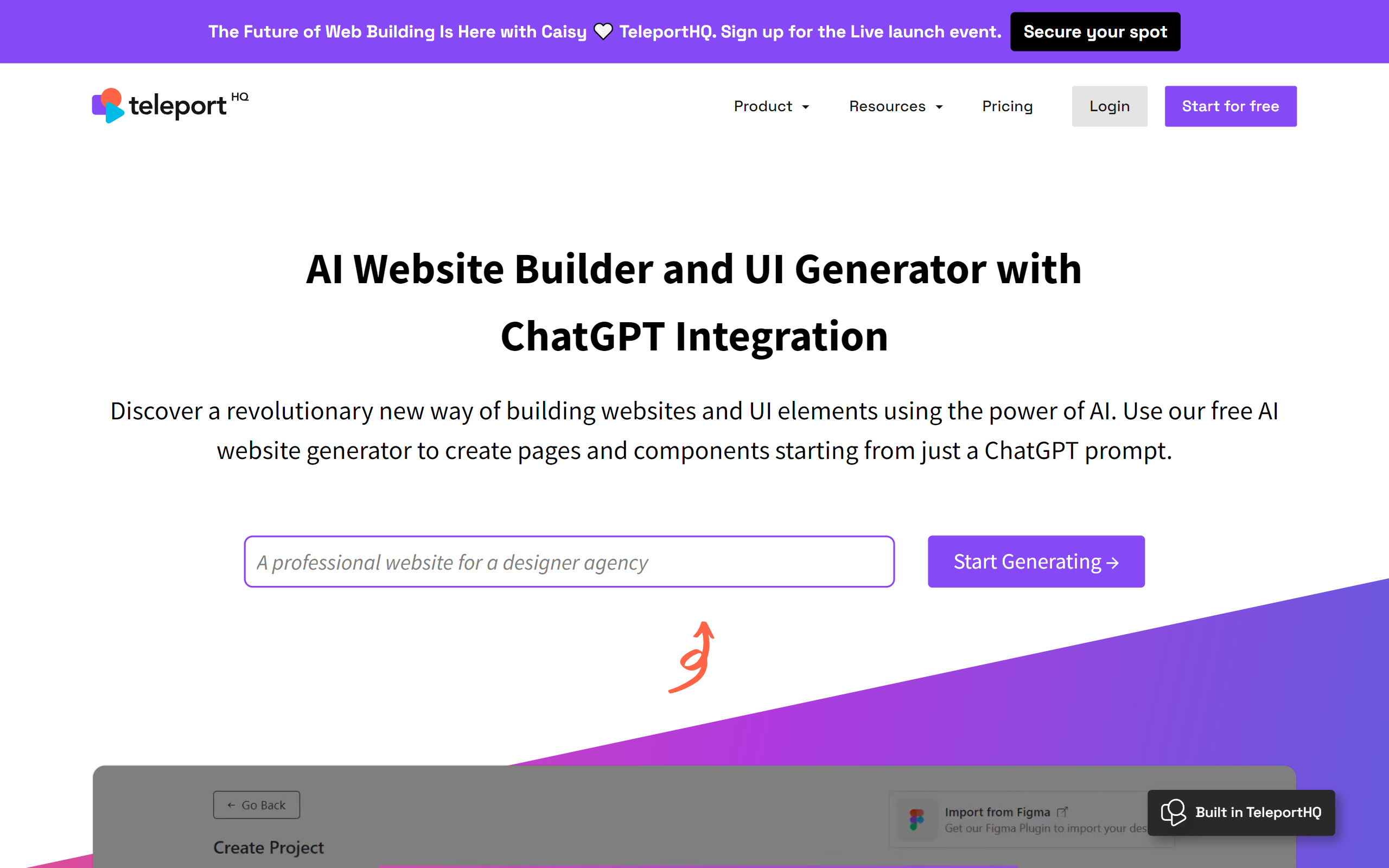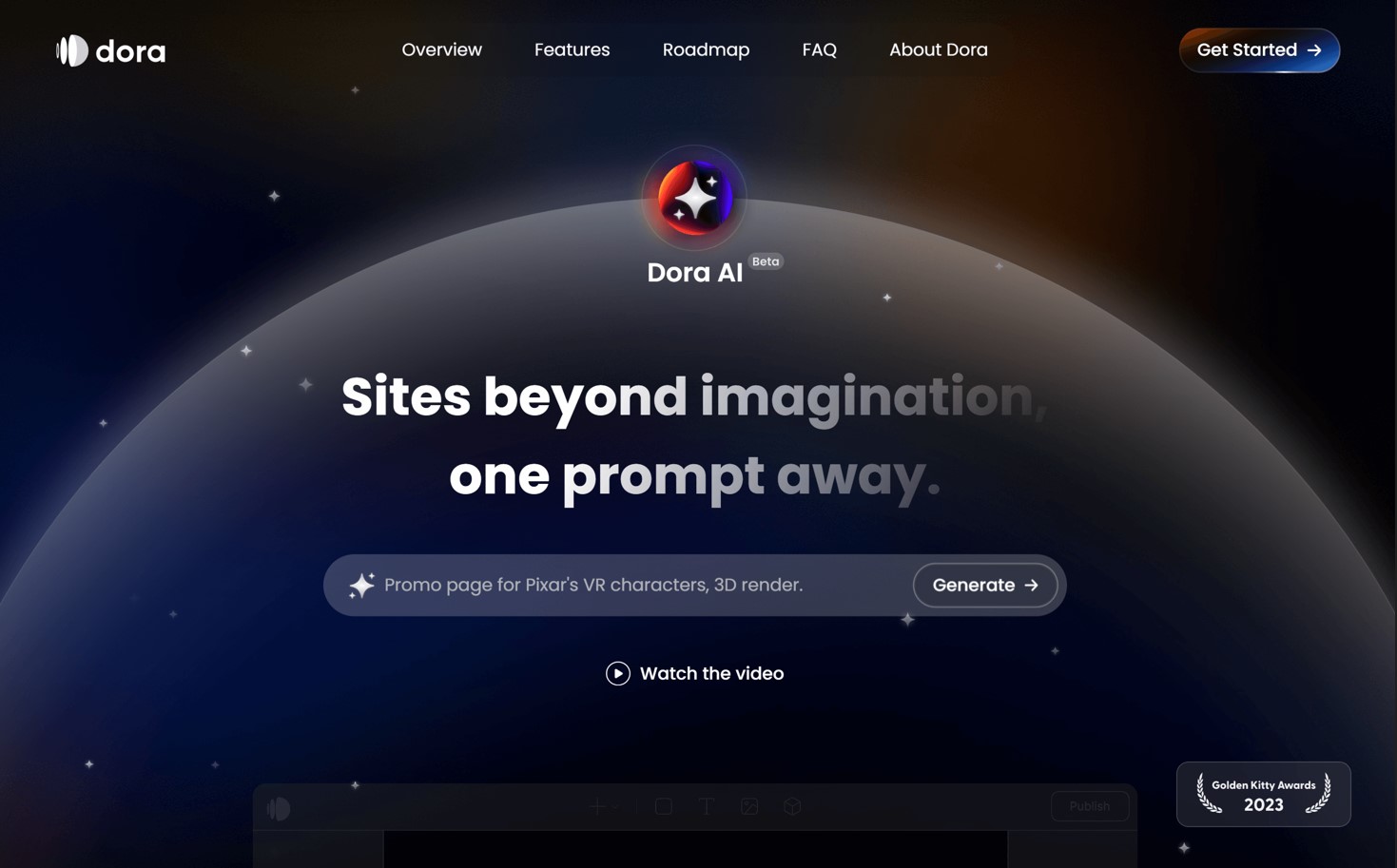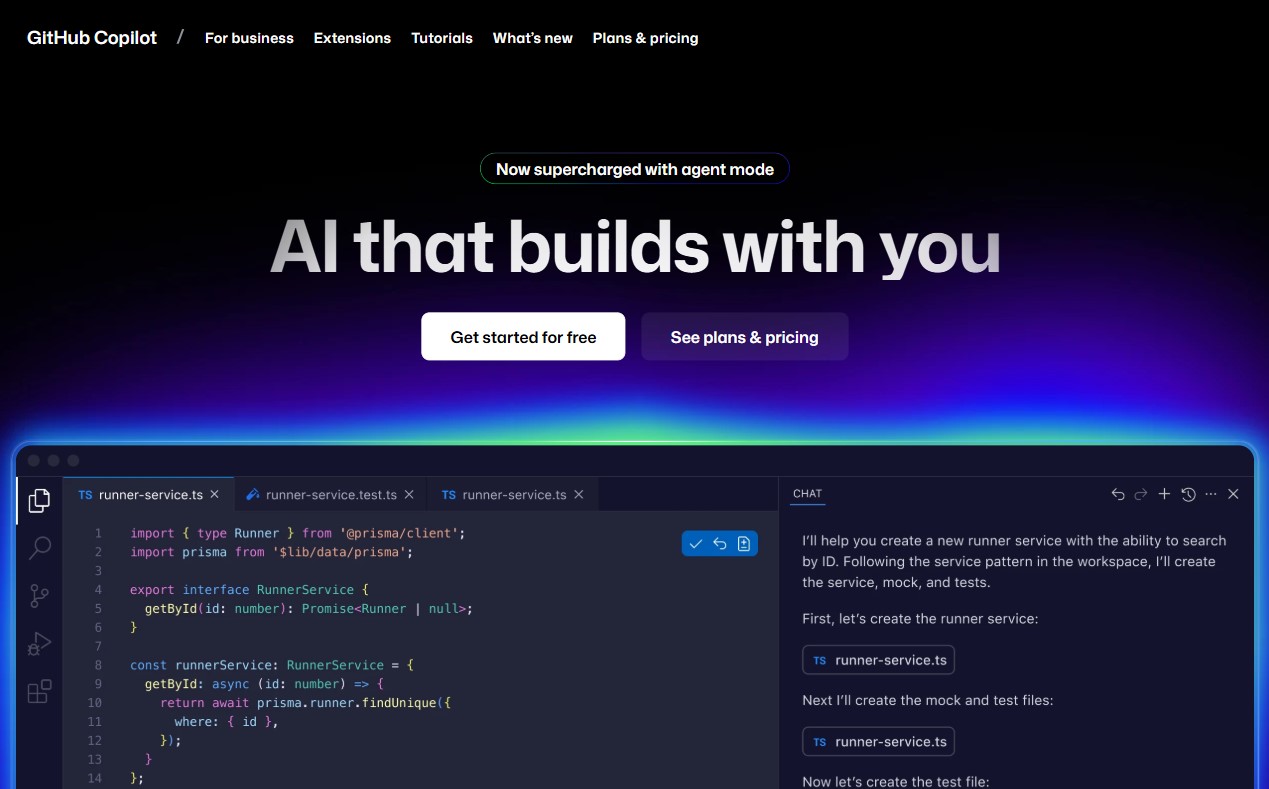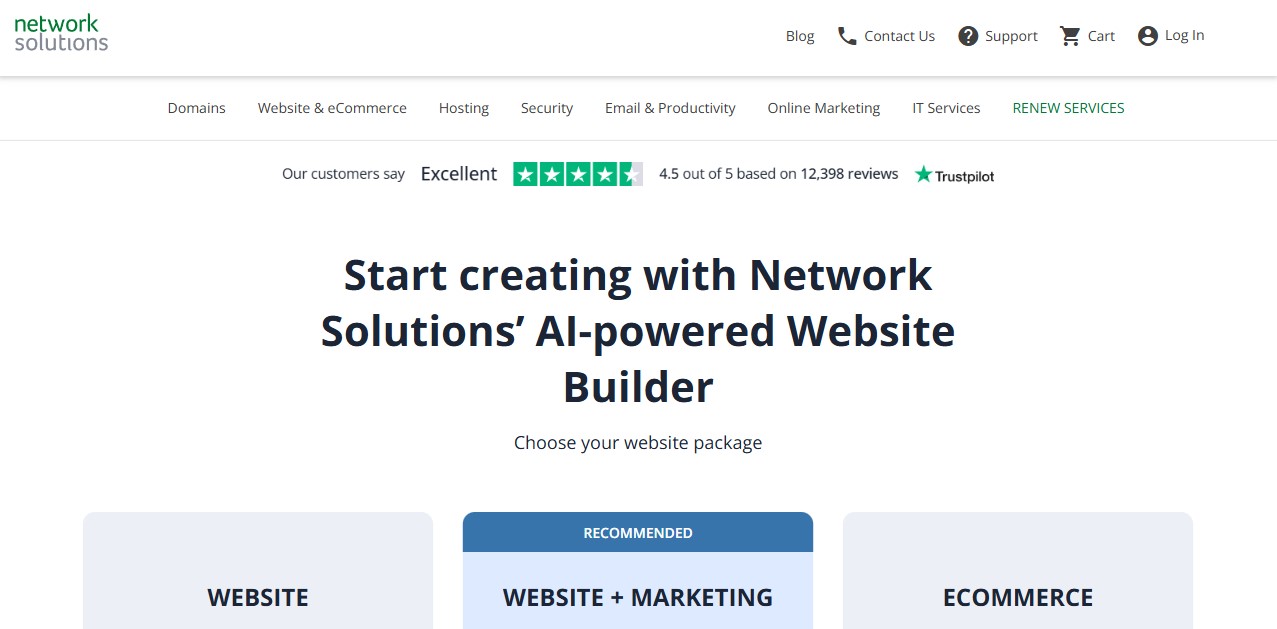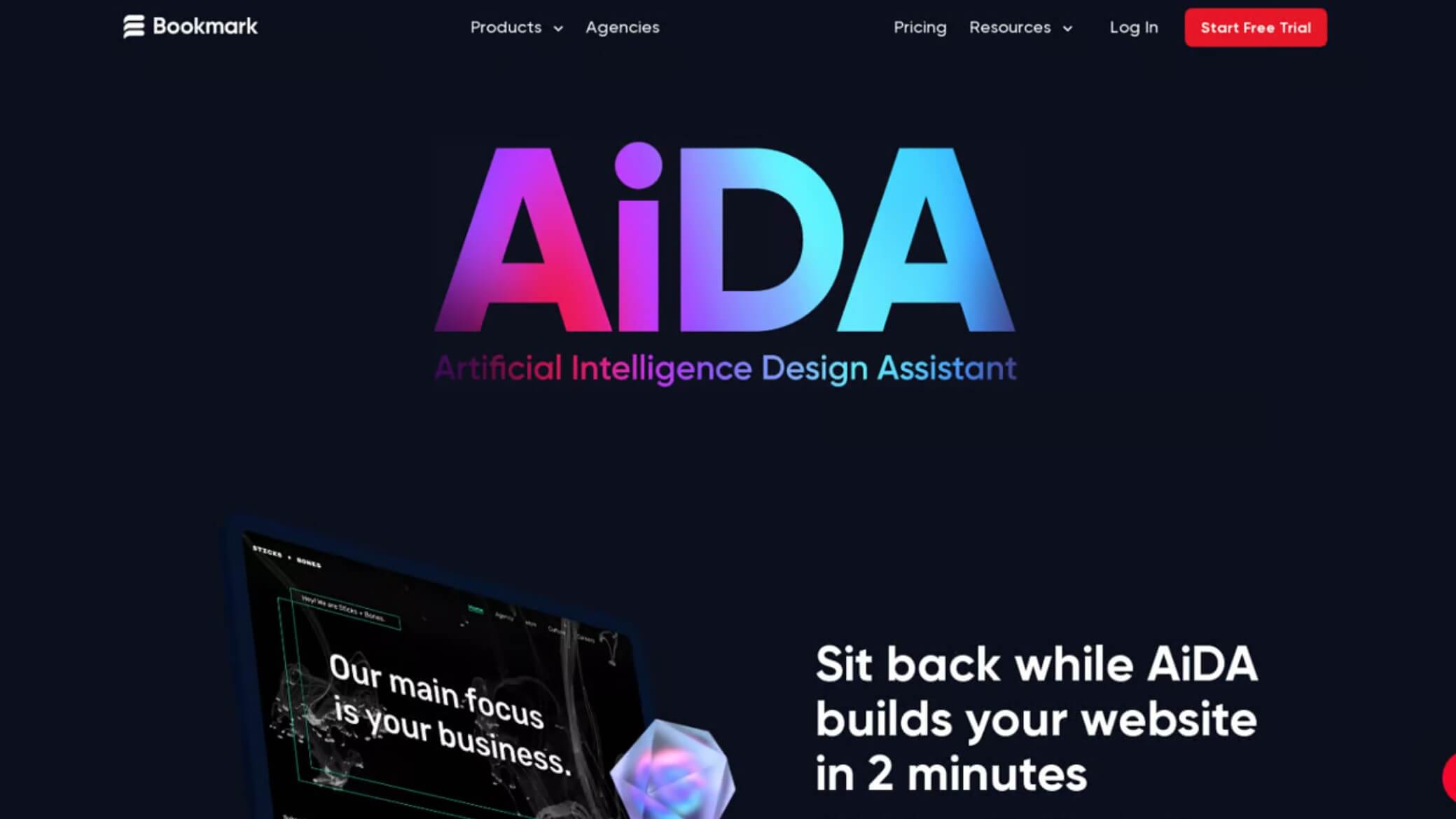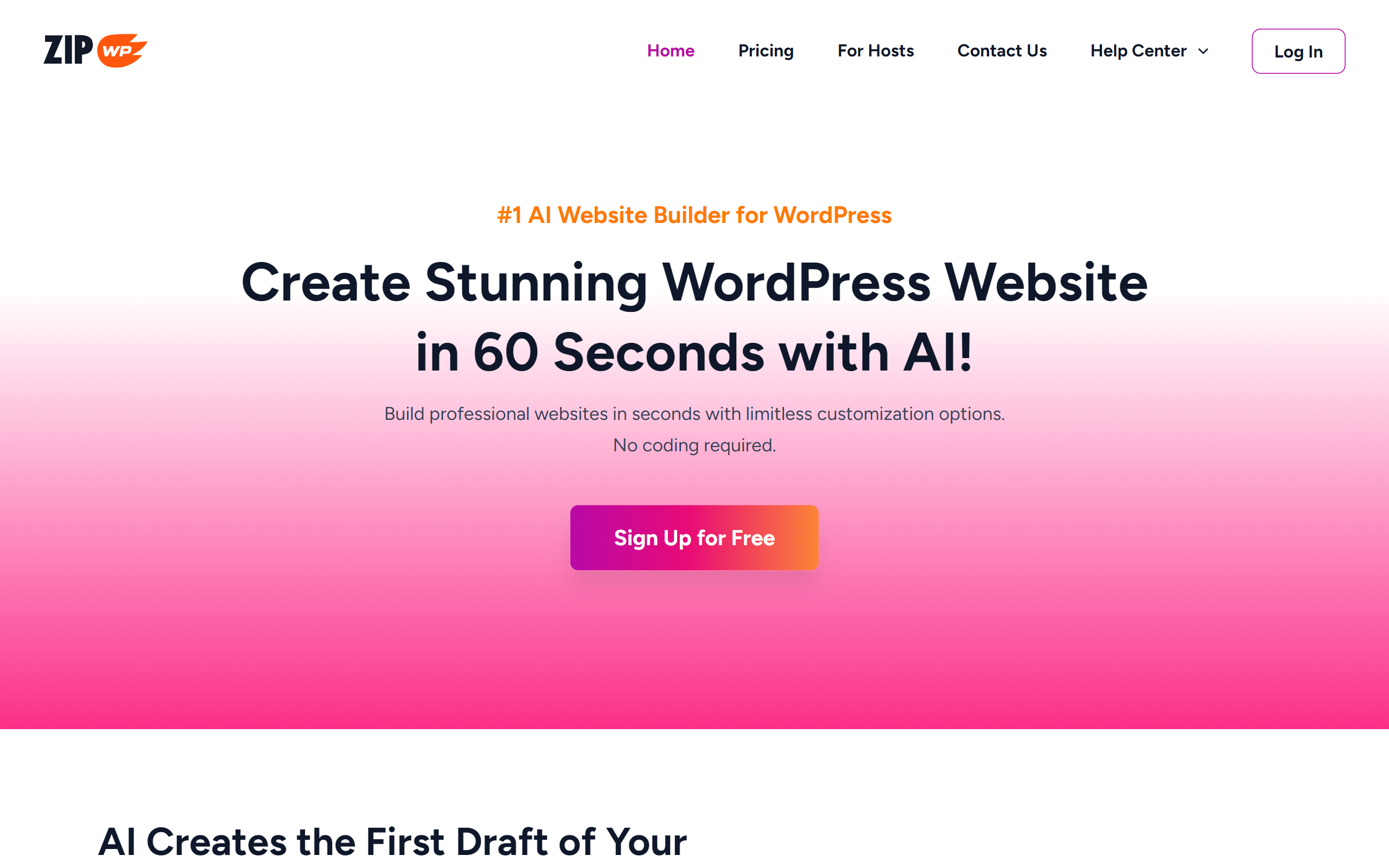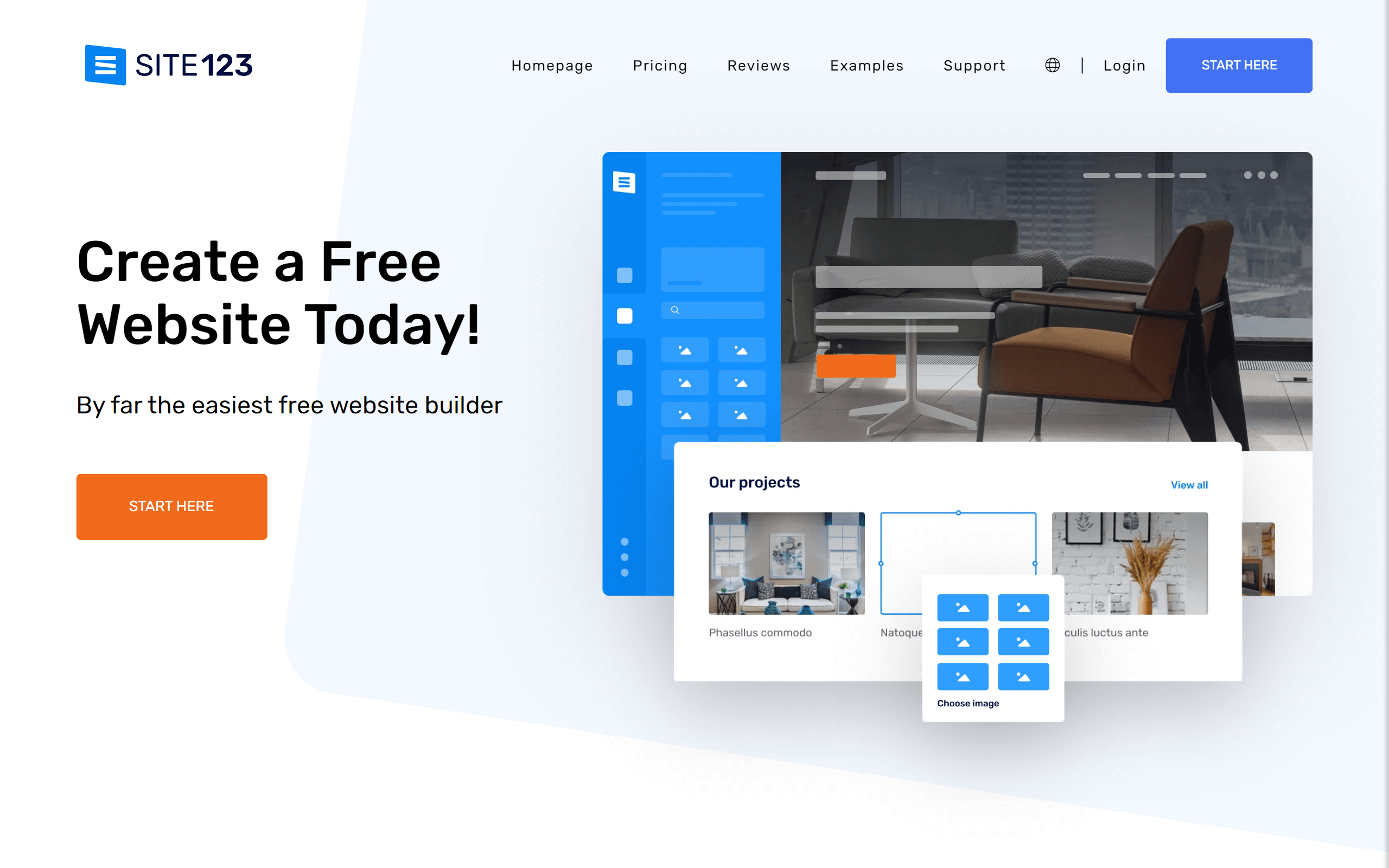| Hubspot AI Website Builder |
Prompt-driven single-page builder with guided personalization |
Good for marketing pages; limited deep developer control |
Included in Hubspot tiers; no permanent free option |
Less suited for complex backend needs or high customization |
Generative site creation, personalization, SEO metadata |
| Mobirise AI |
Very easy: prompts produce a live site fast |
Theme tweaks and content edits; limited deep scripting |
Free online all-in-one option |
Basic e-commerce and multisite support is limited |
Automatic layouts, asset optimization, SEO-ready metadata |
| Wix |
High: drag-and-drop with contextual prompts |
Strong visual control and app marketplace |
Free tier; premium plans required for advanced features |
Generic AI outputs at times; subscription costs add up |
AI site generator, content suggestions, image tools |
| Squarespace |
High: guided onboarding with designer templates |
Excellent visual styling, limited plugin ecosystem |
Subscription bundles hosting and templates; no free plan |
Higher cost for commerce; limited exportability |
Content suggestions, image generation, layout guidance |
| WordPress |
Varies: simple for basic themes, complex when self-hosted |
Extensive via plugins and custom code |
Variable: hosting, plugins, and API fees affect costs |
Maintenance, security, and plugin conflicts |
Plugin-based AI for copy, SEO, images, and workflows |
| Shopify |
Merchant-friendly with commerce-focused flows |
App extensions, headless options for developers |
Monthly plans plus transaction and possible AI credit fees |
Platform fees and reliance on apps for niche needs |
Product copy, image generation, messaging automation |
| GoDaddy |
Very simple: guided flows for quick publishing |
Limited customization; block-based editing |
Affordable plans for small businesses |
Limited plugin ecosystem and constrained design freedom |
Prompt-based page creation and basic SEO suggestions |
| Webflow |
Moderate: powerful visual canvas with learning curve |
Exceptional: interactions, CMS, headless support |
Higher cost when factoring development time |
Steeper learning curve and higher collaboration costs |
Integrations for AI assistants, content drafts, asset suggestions |
